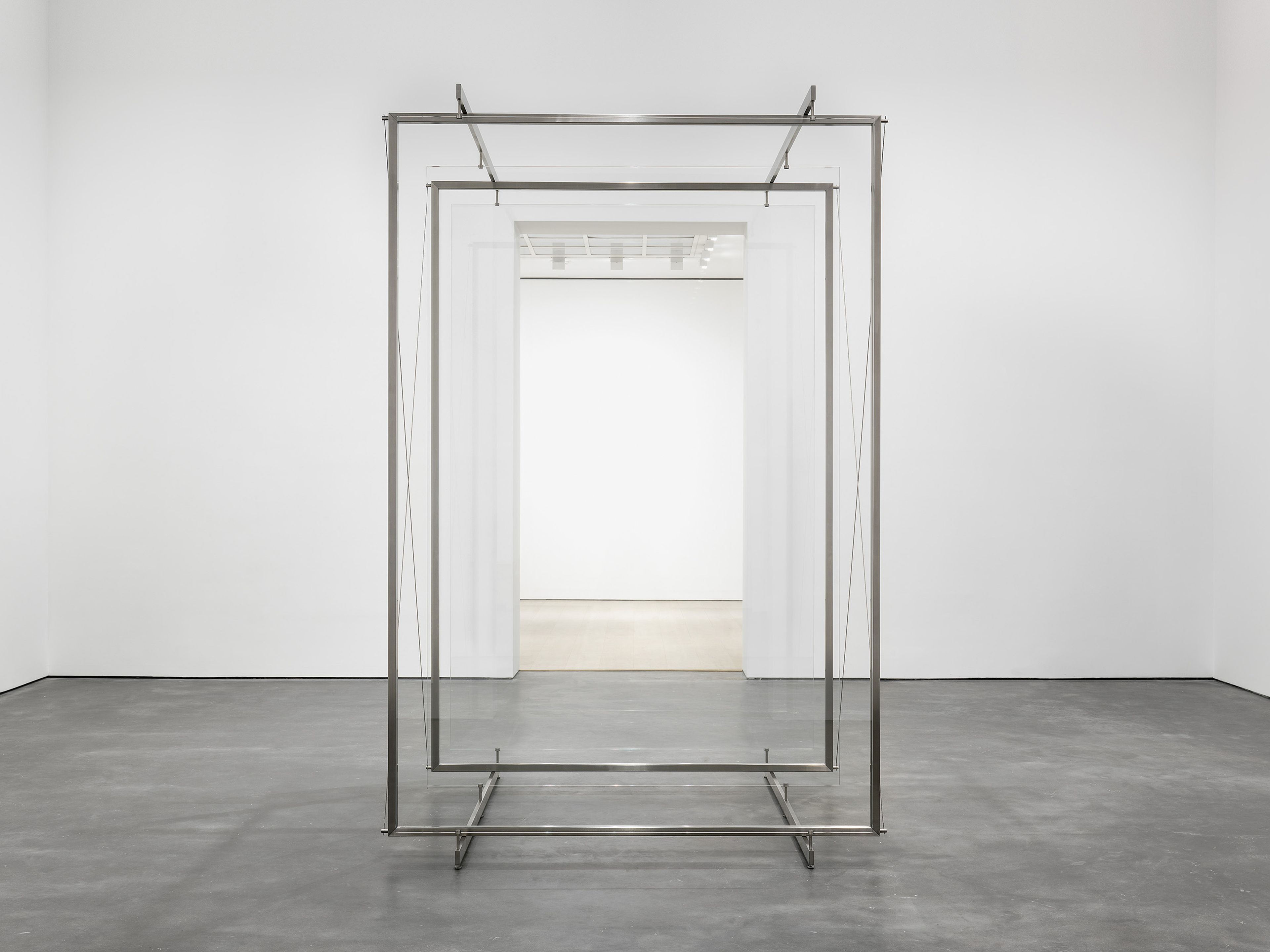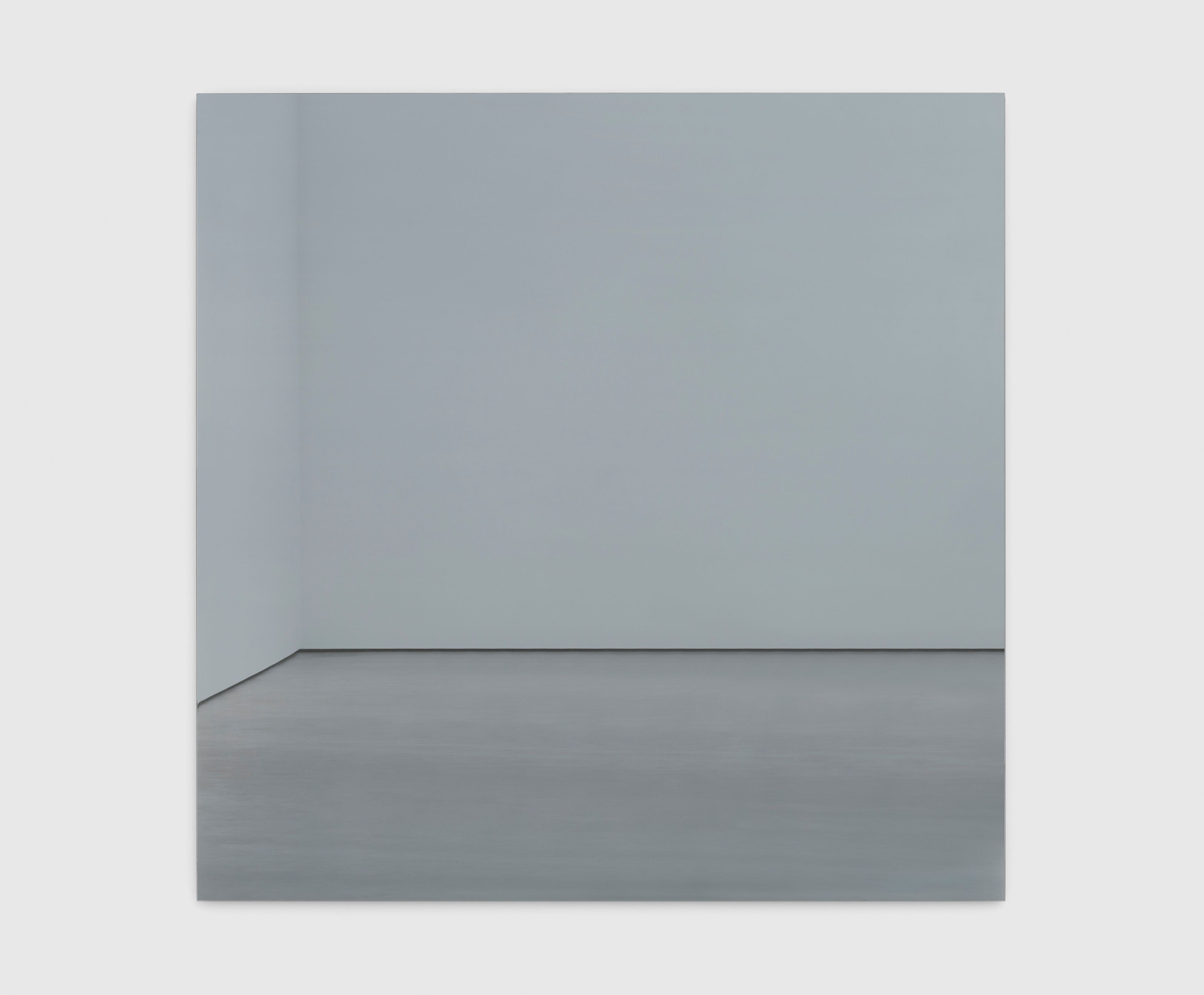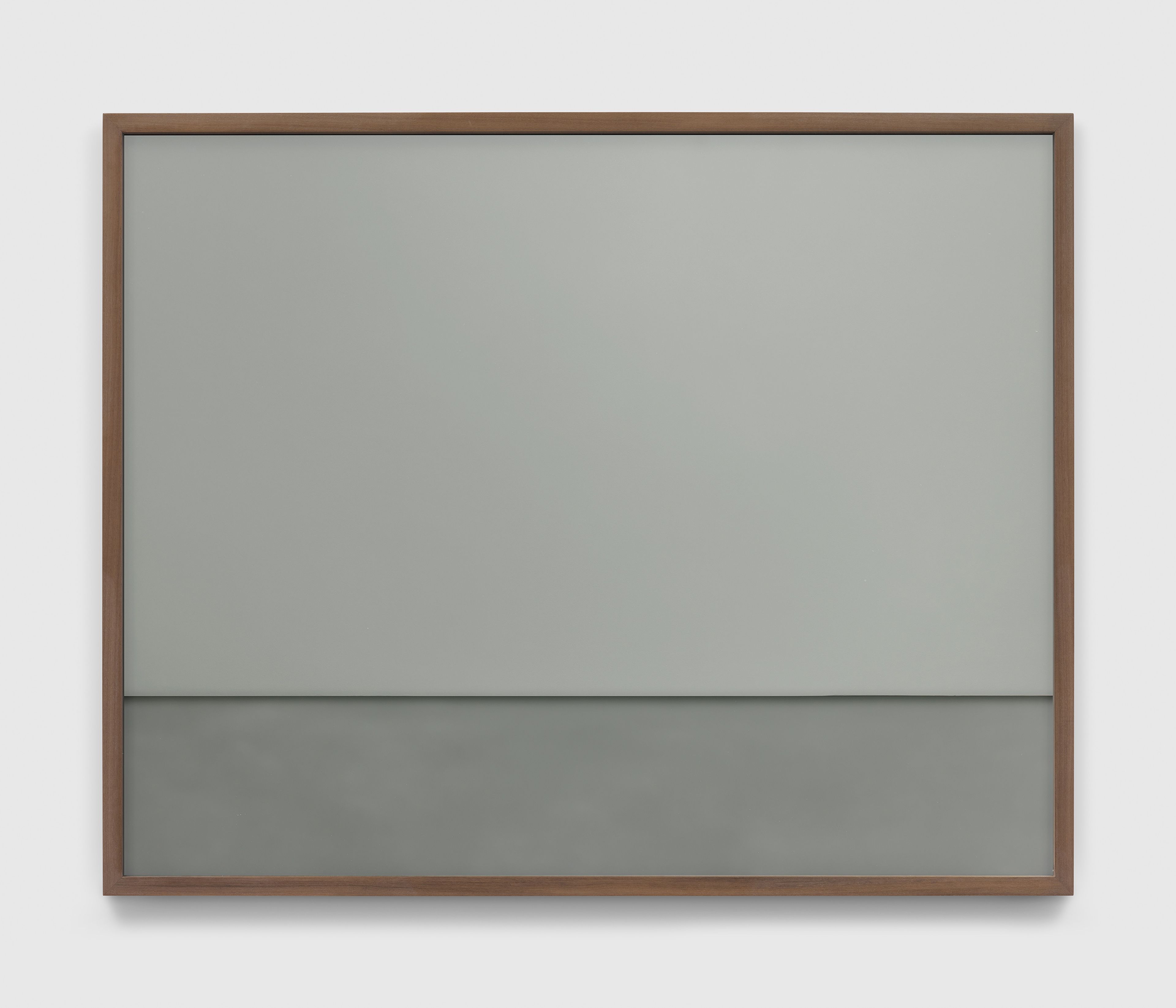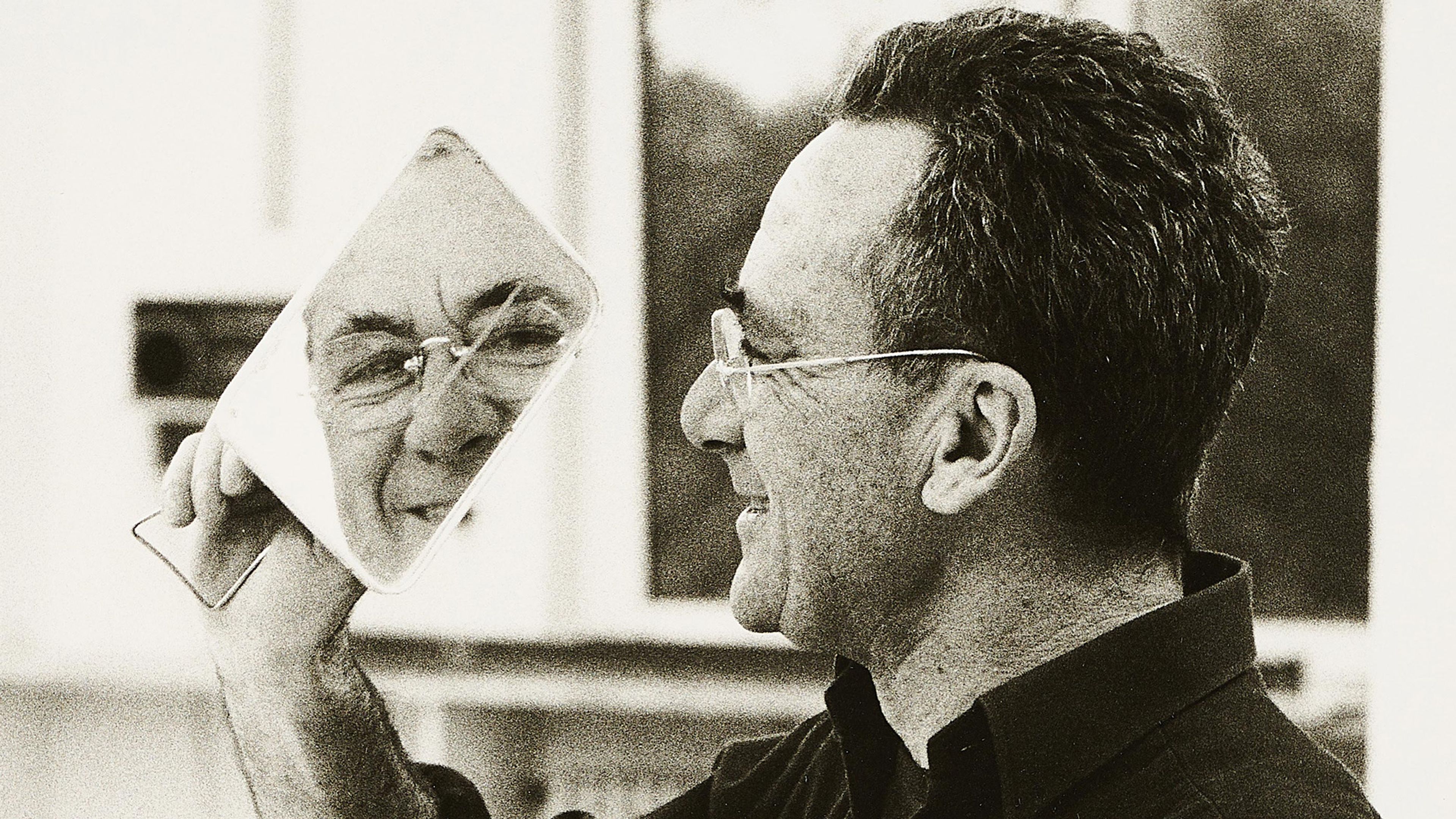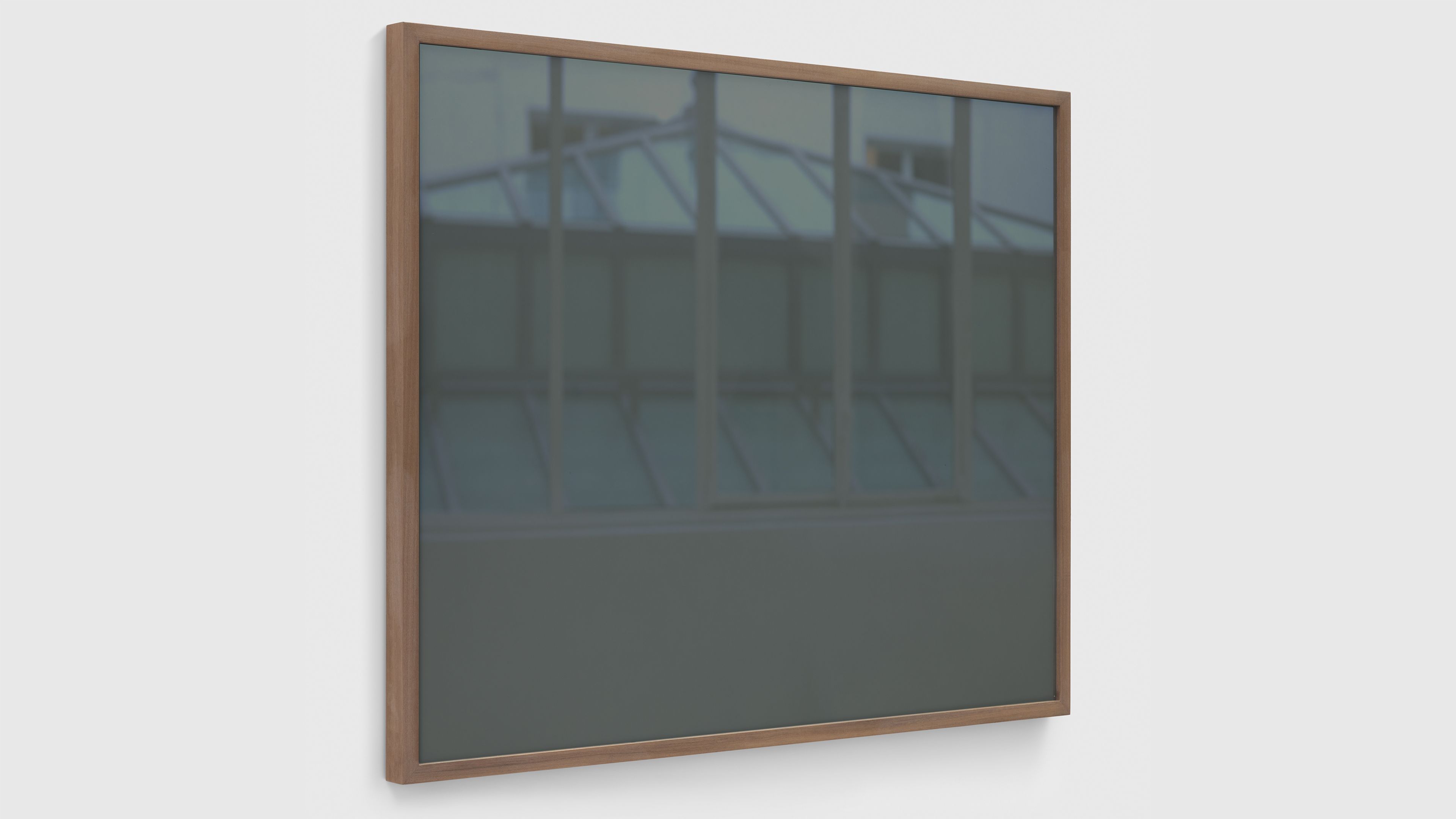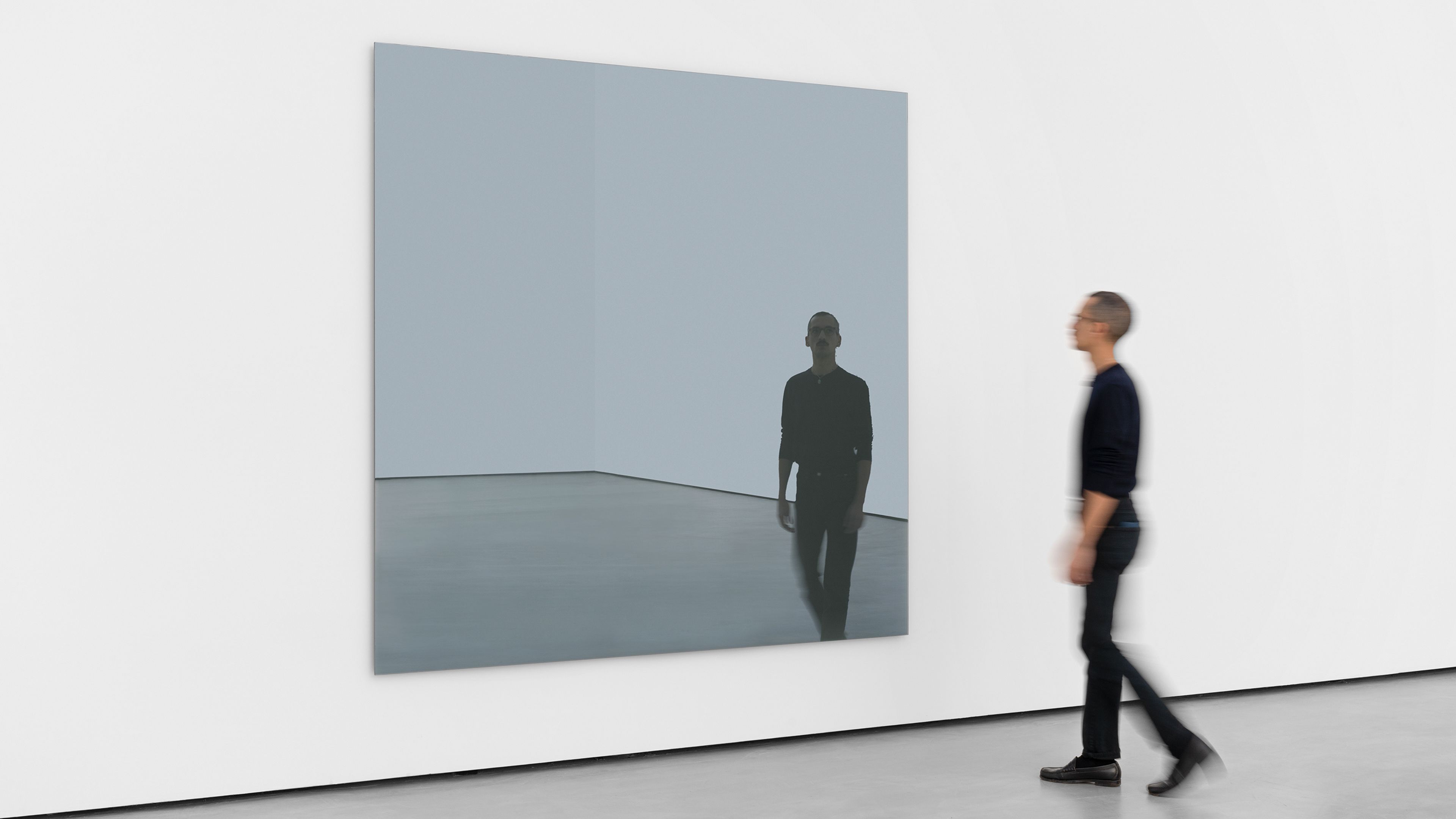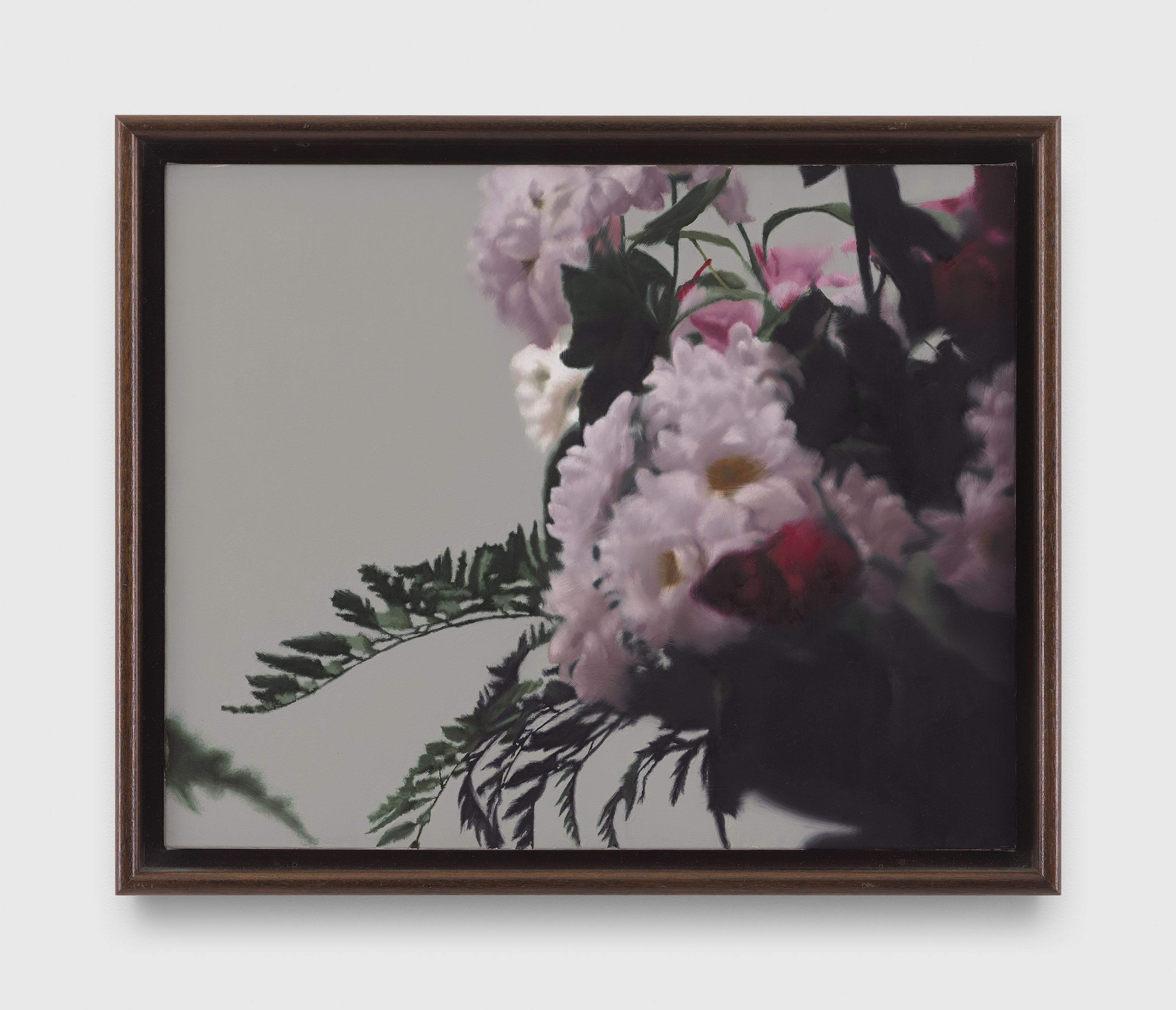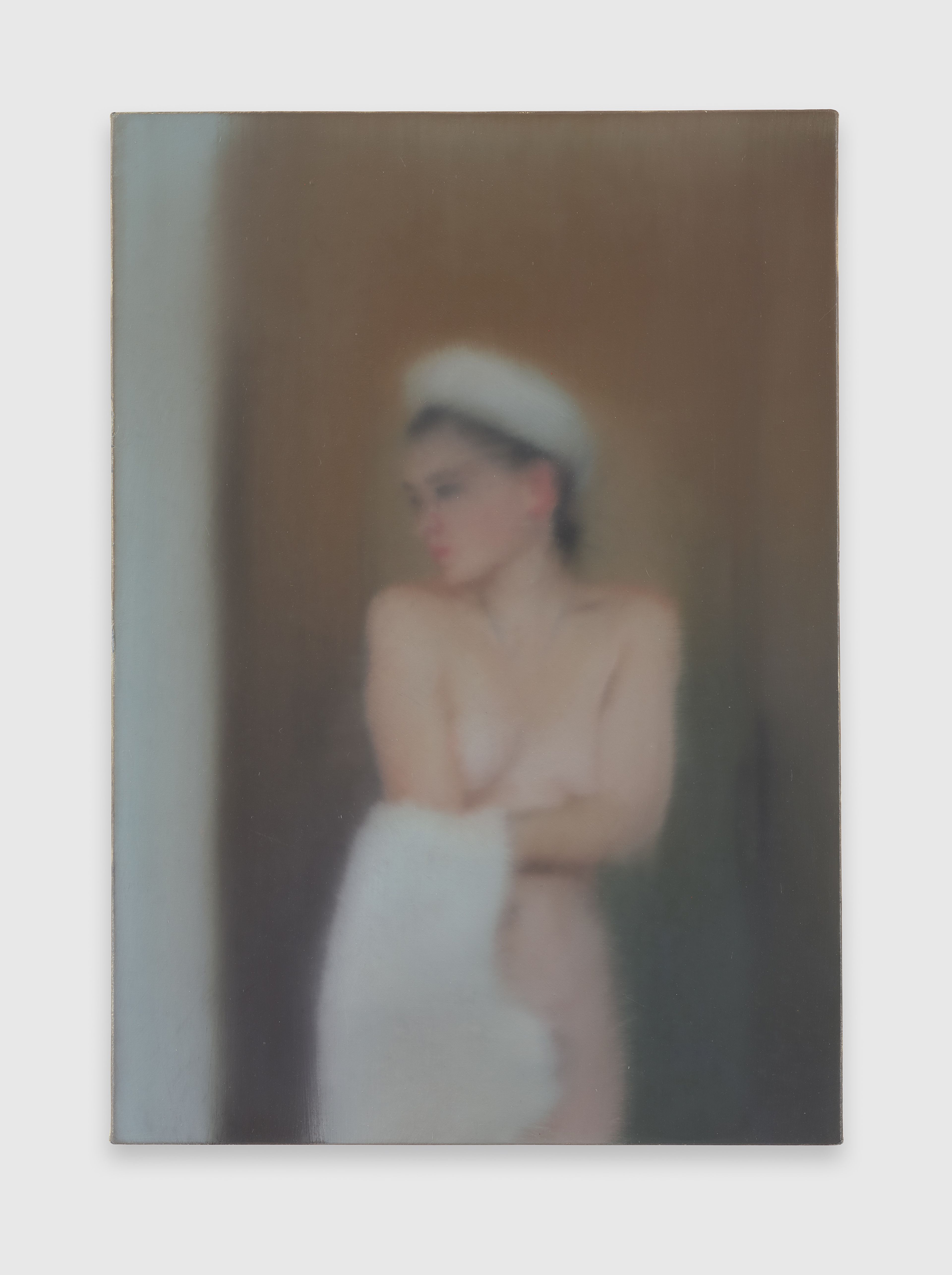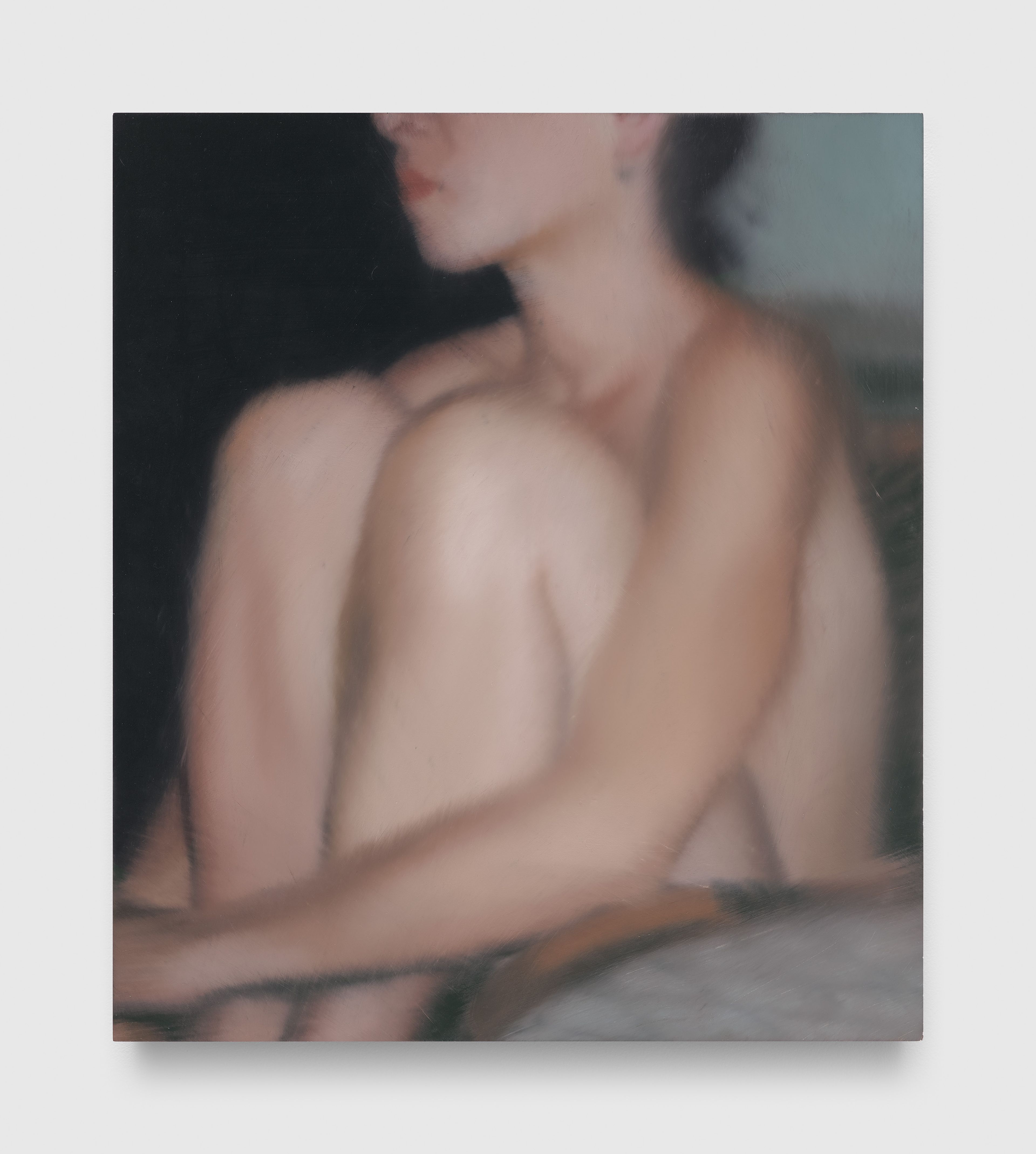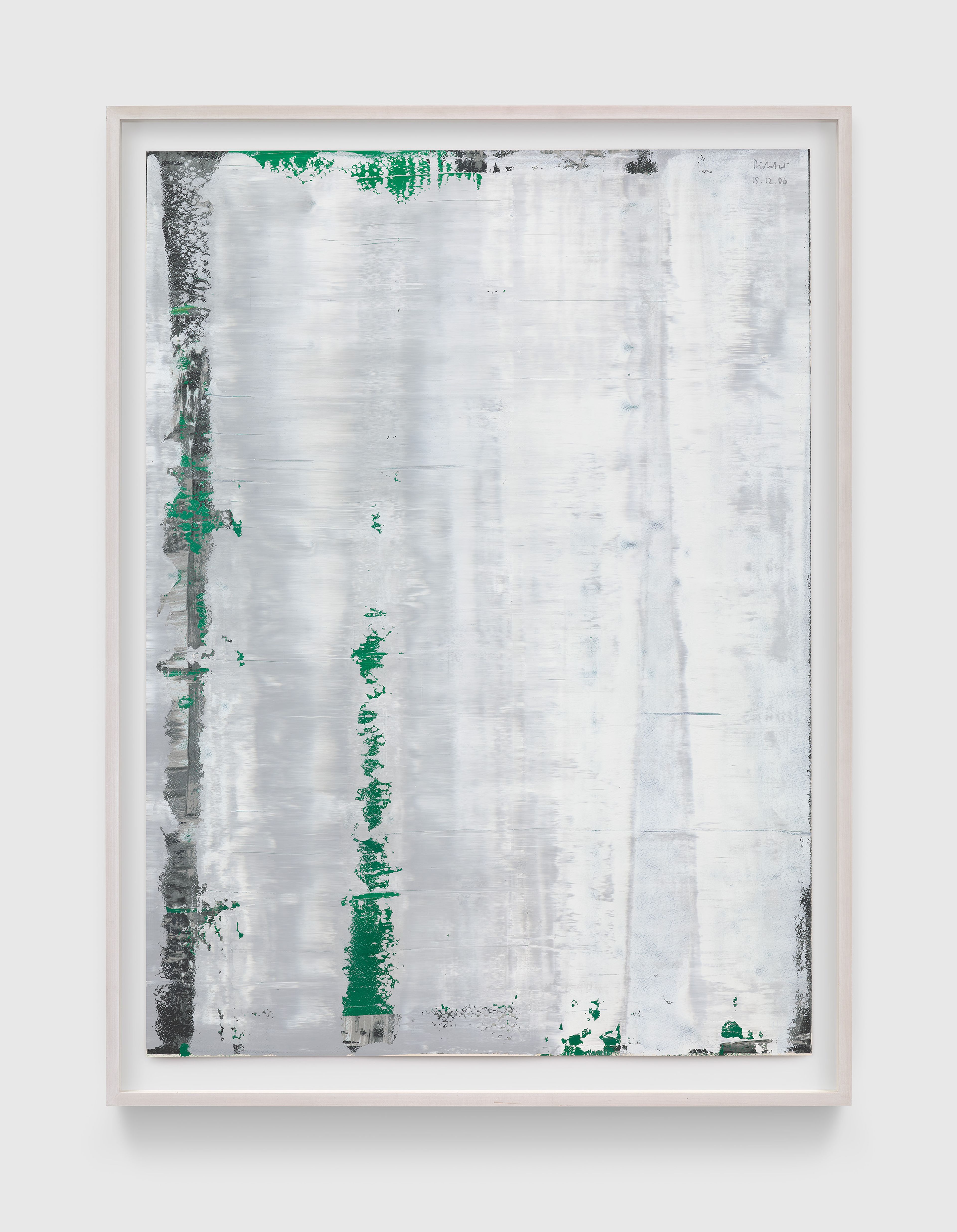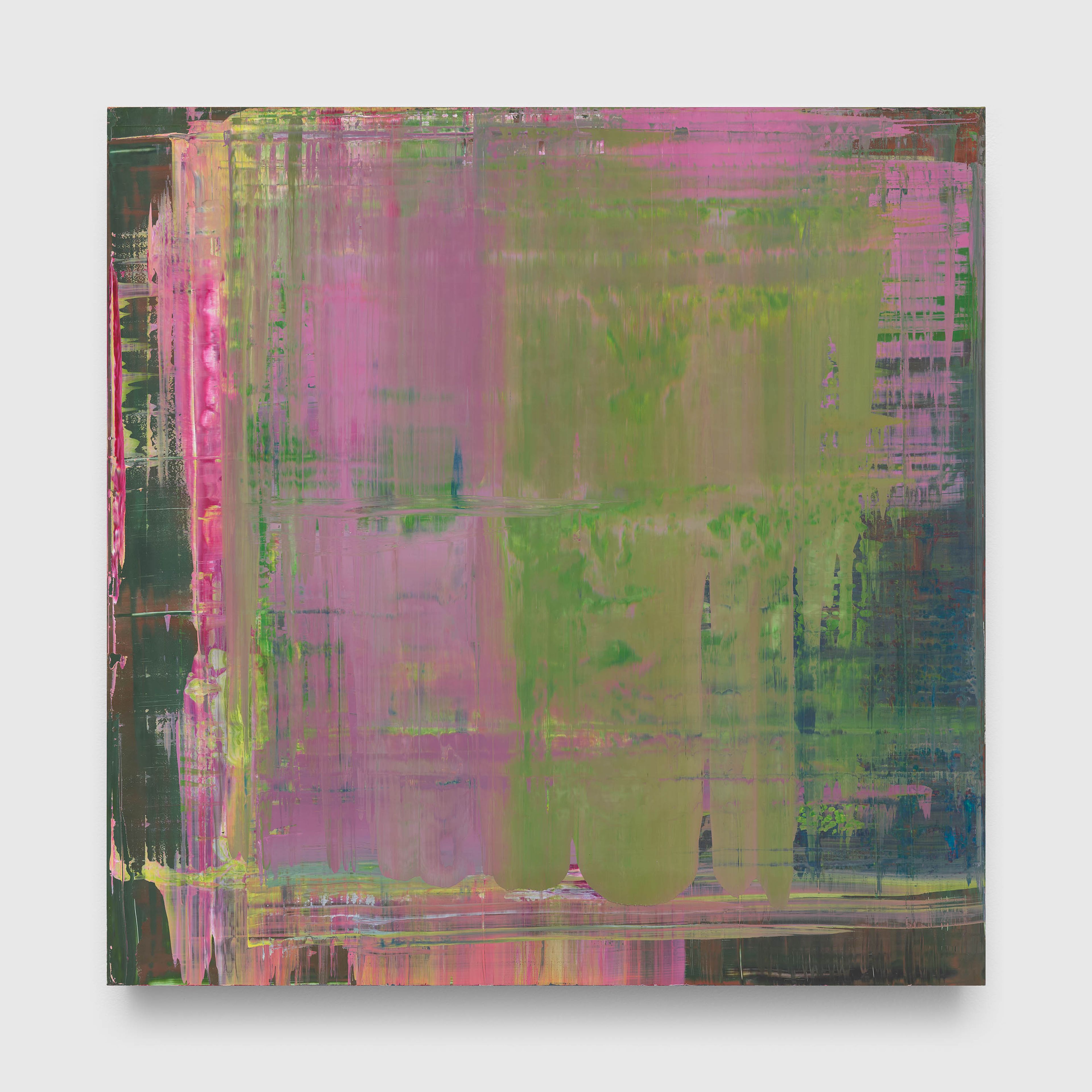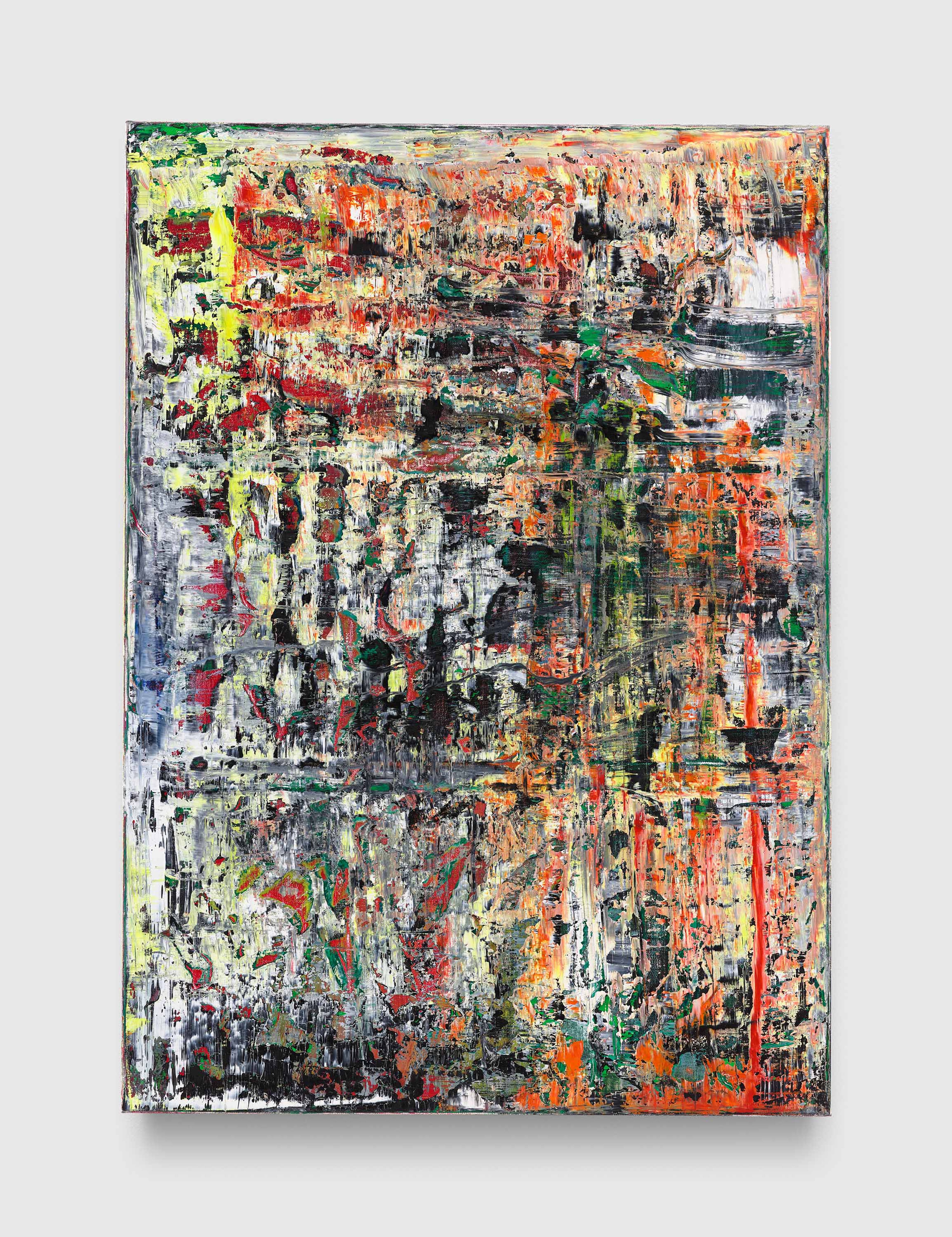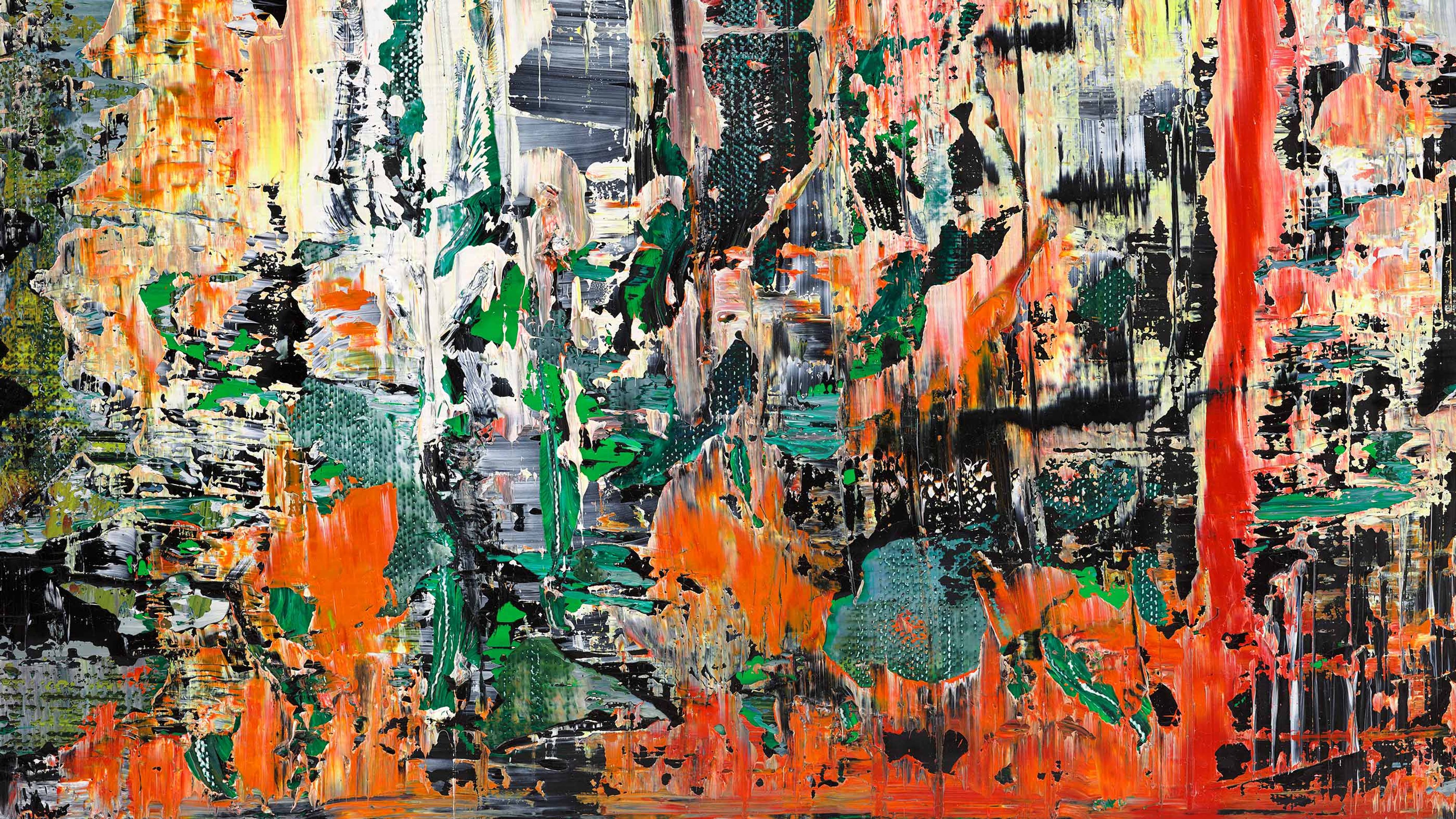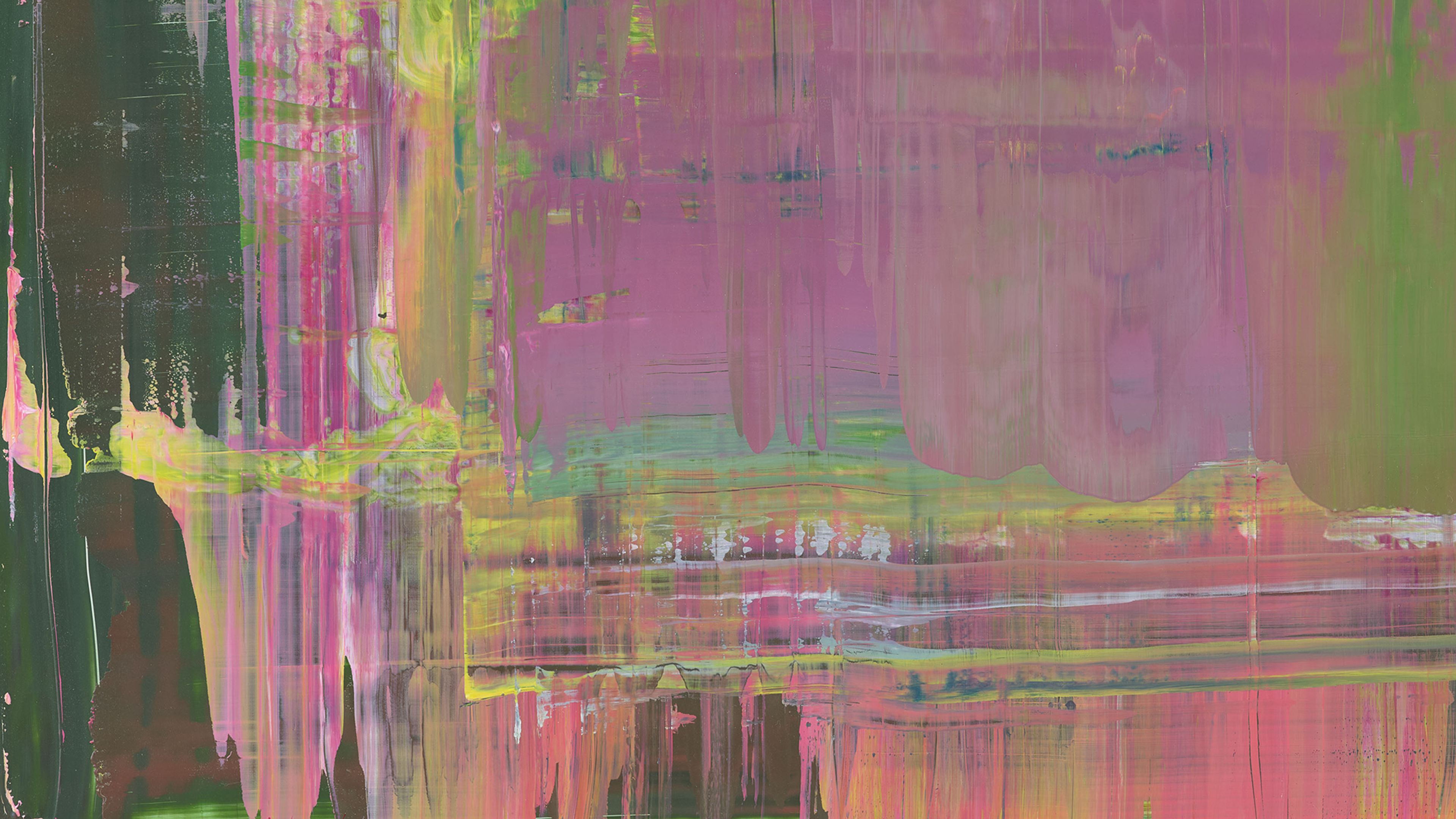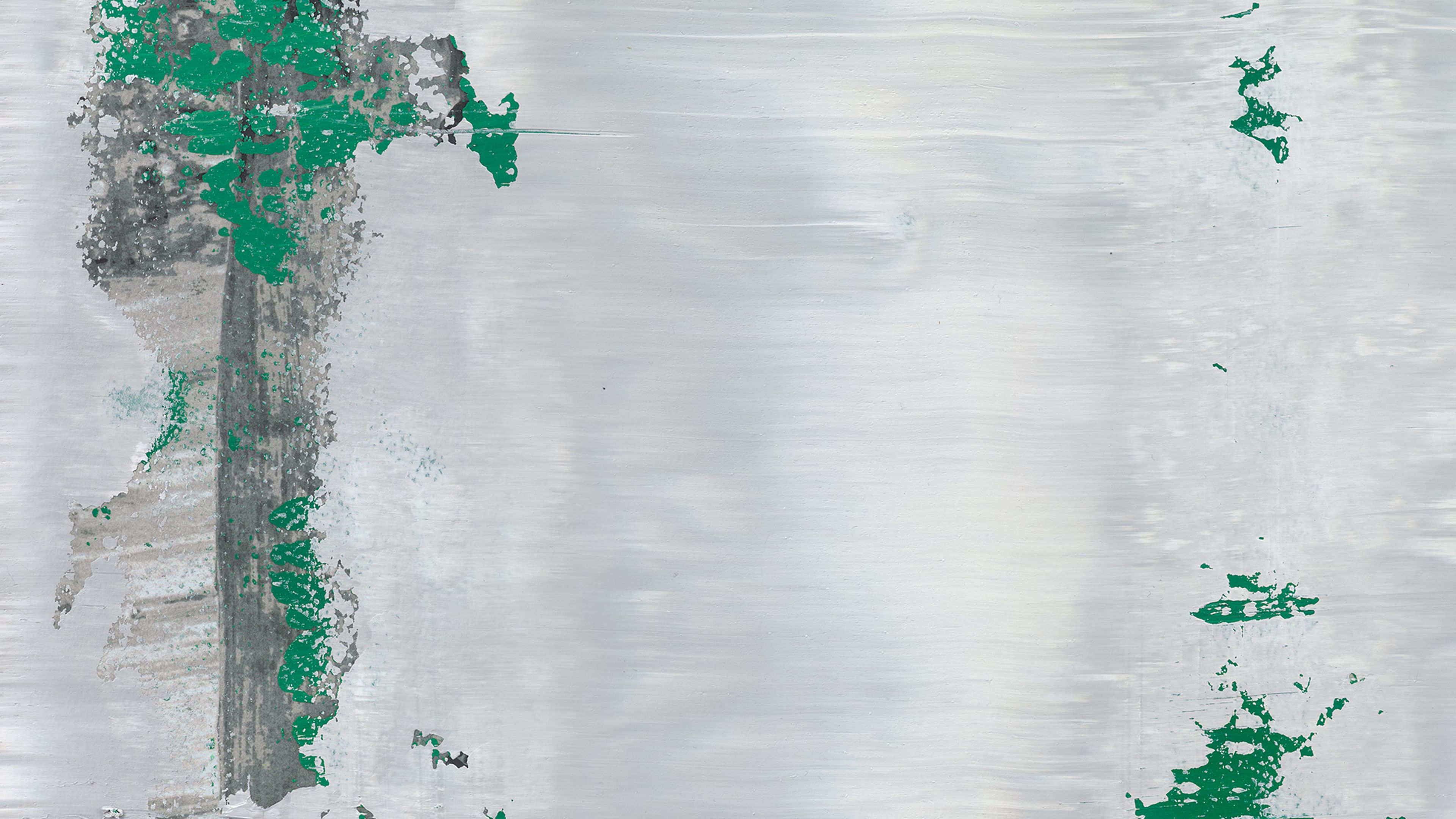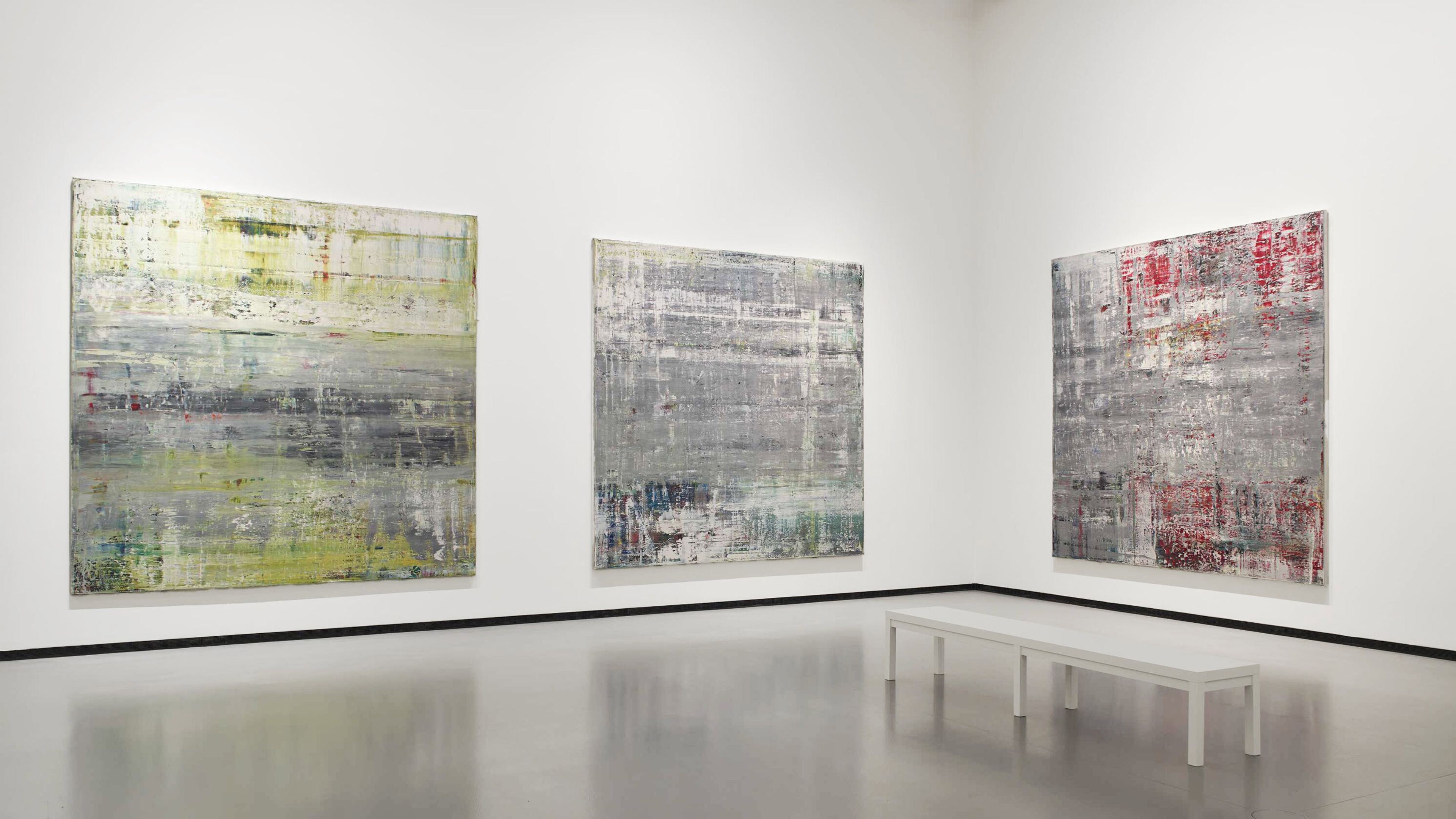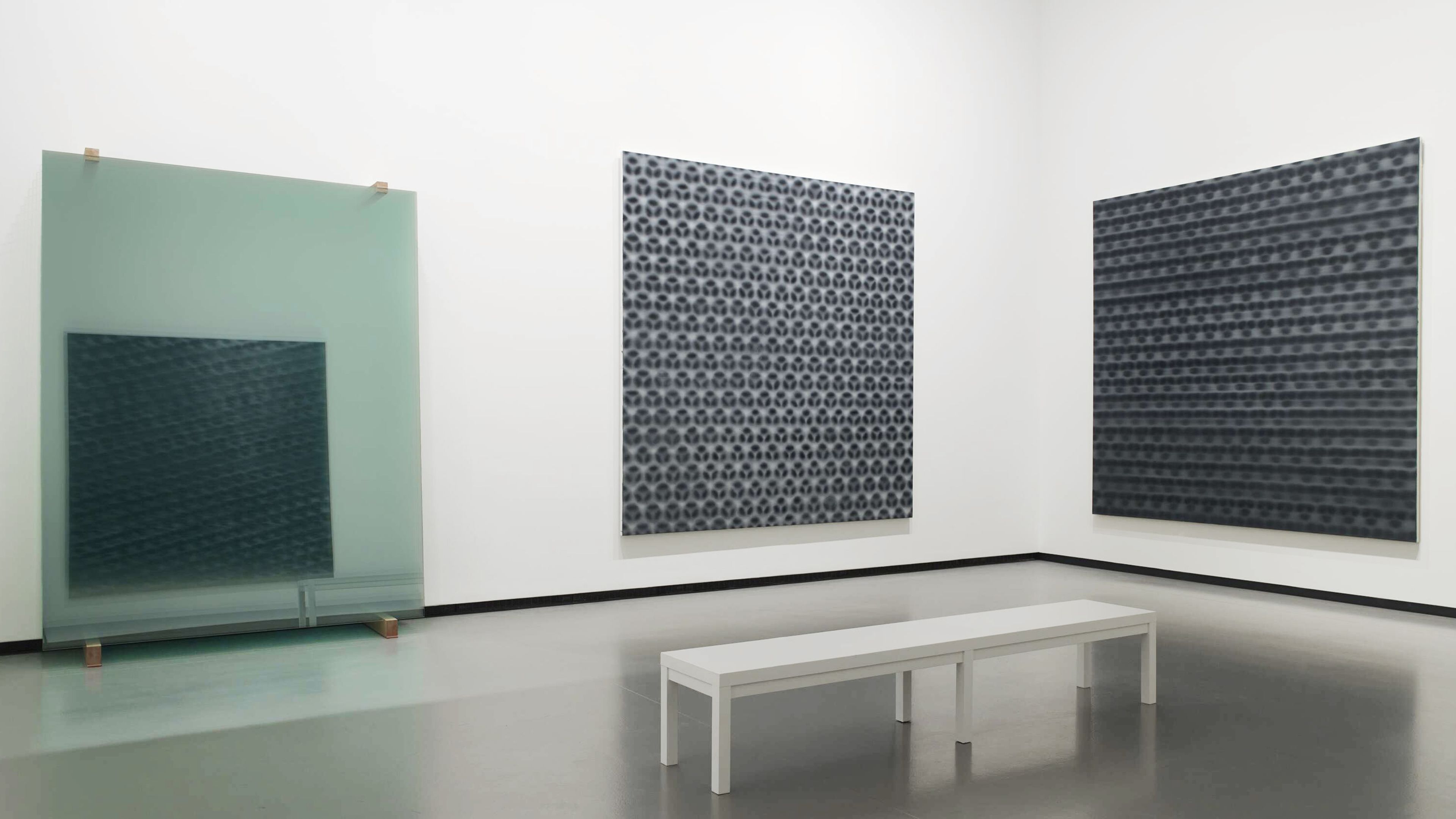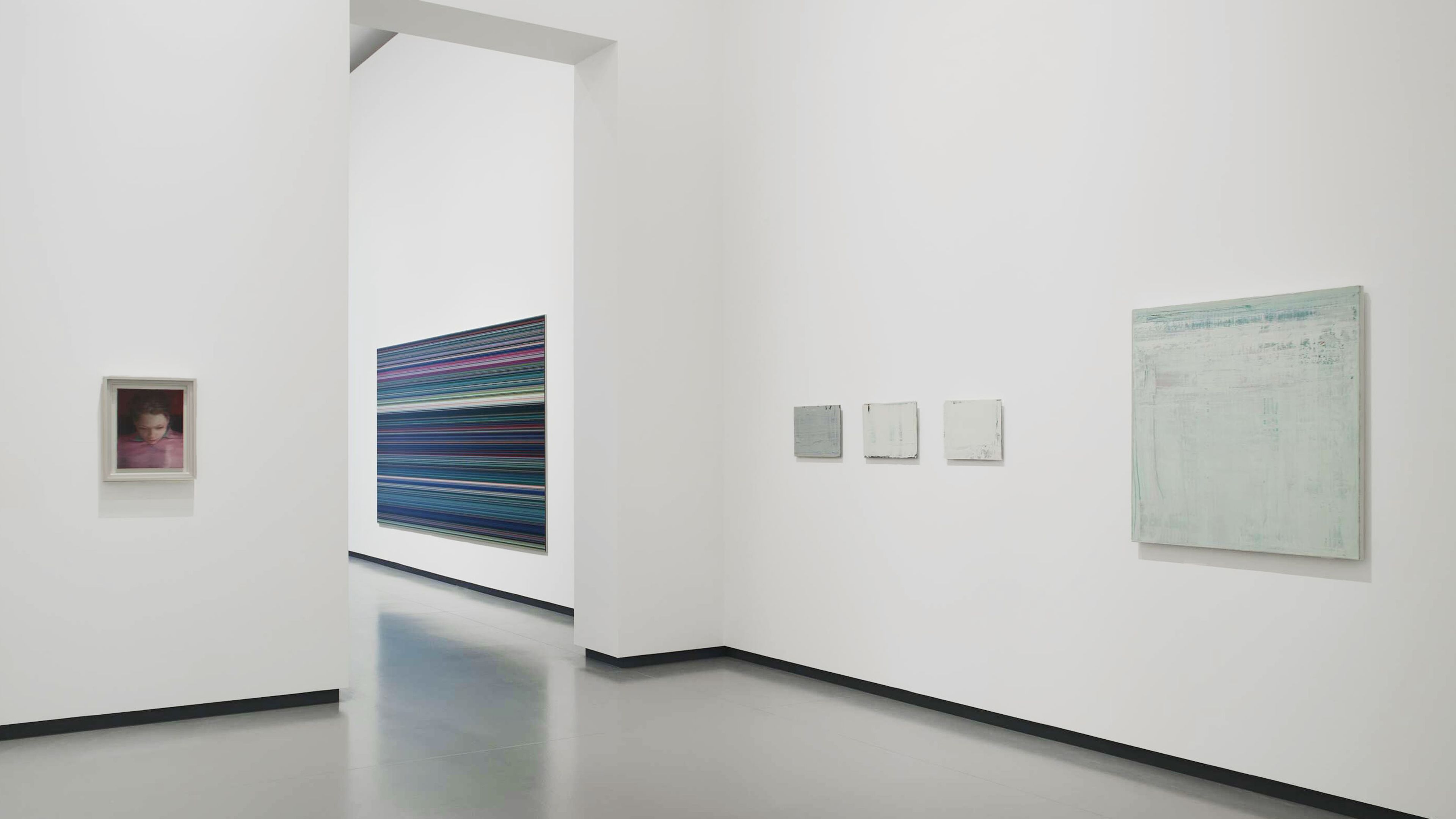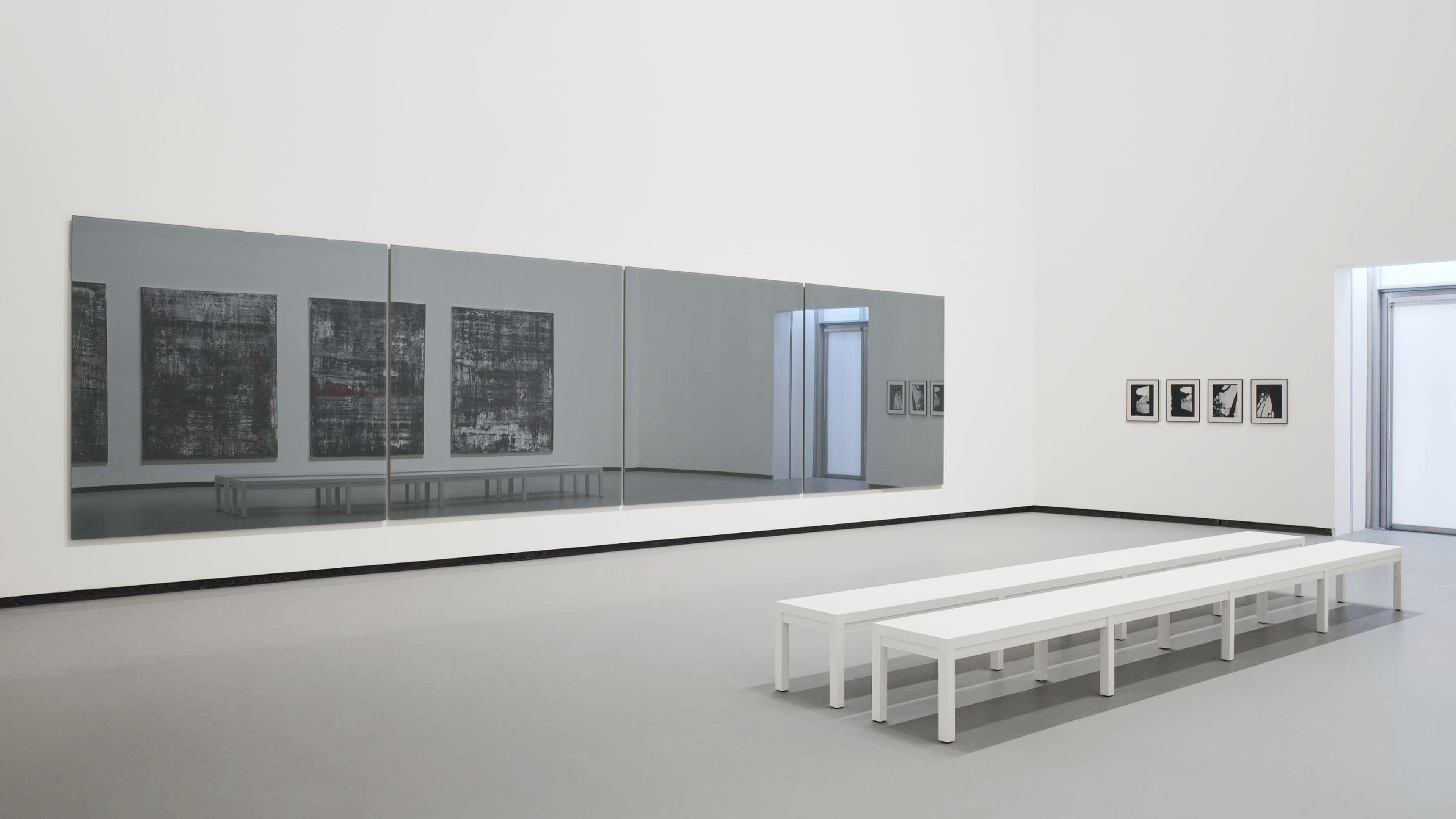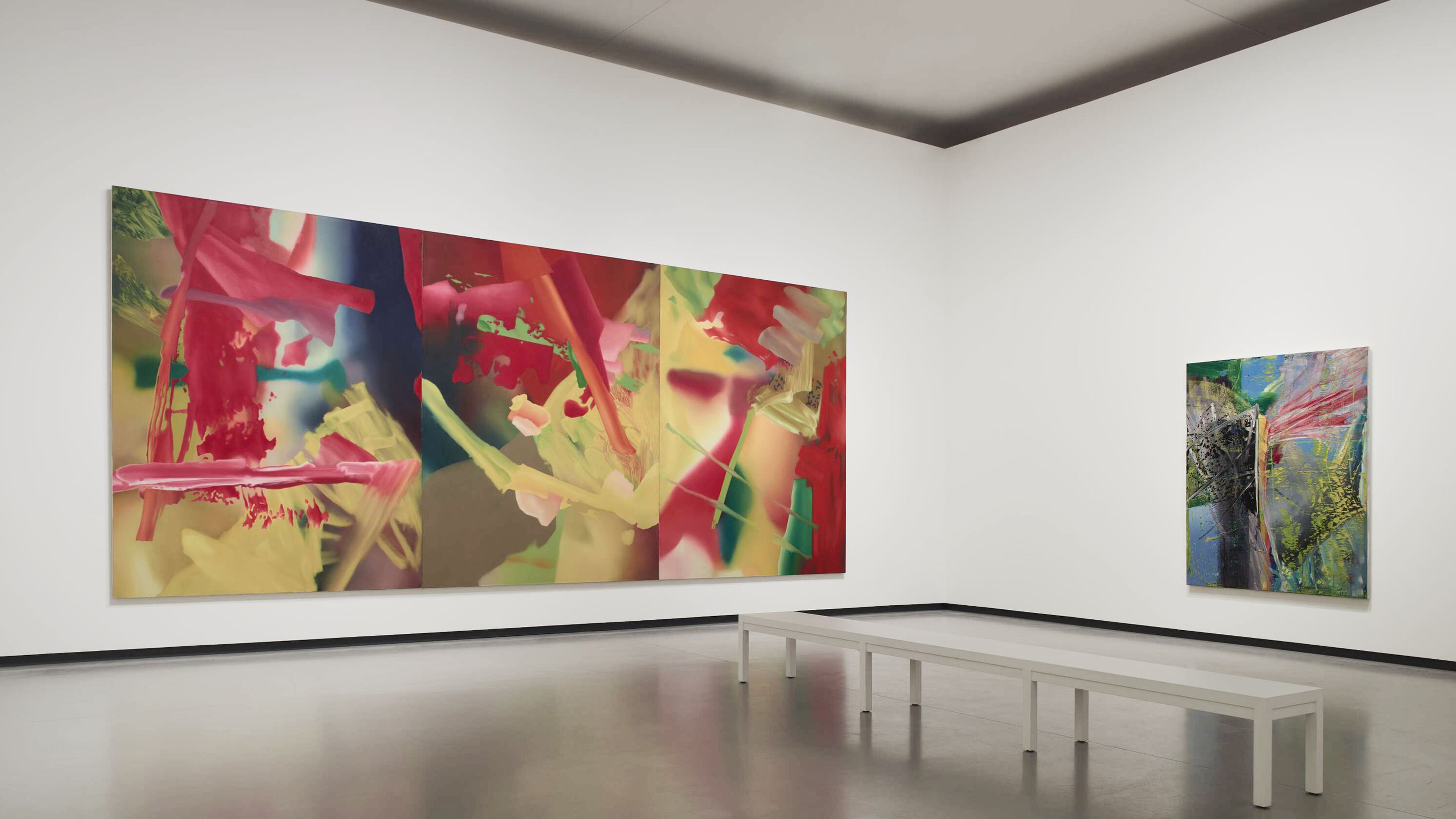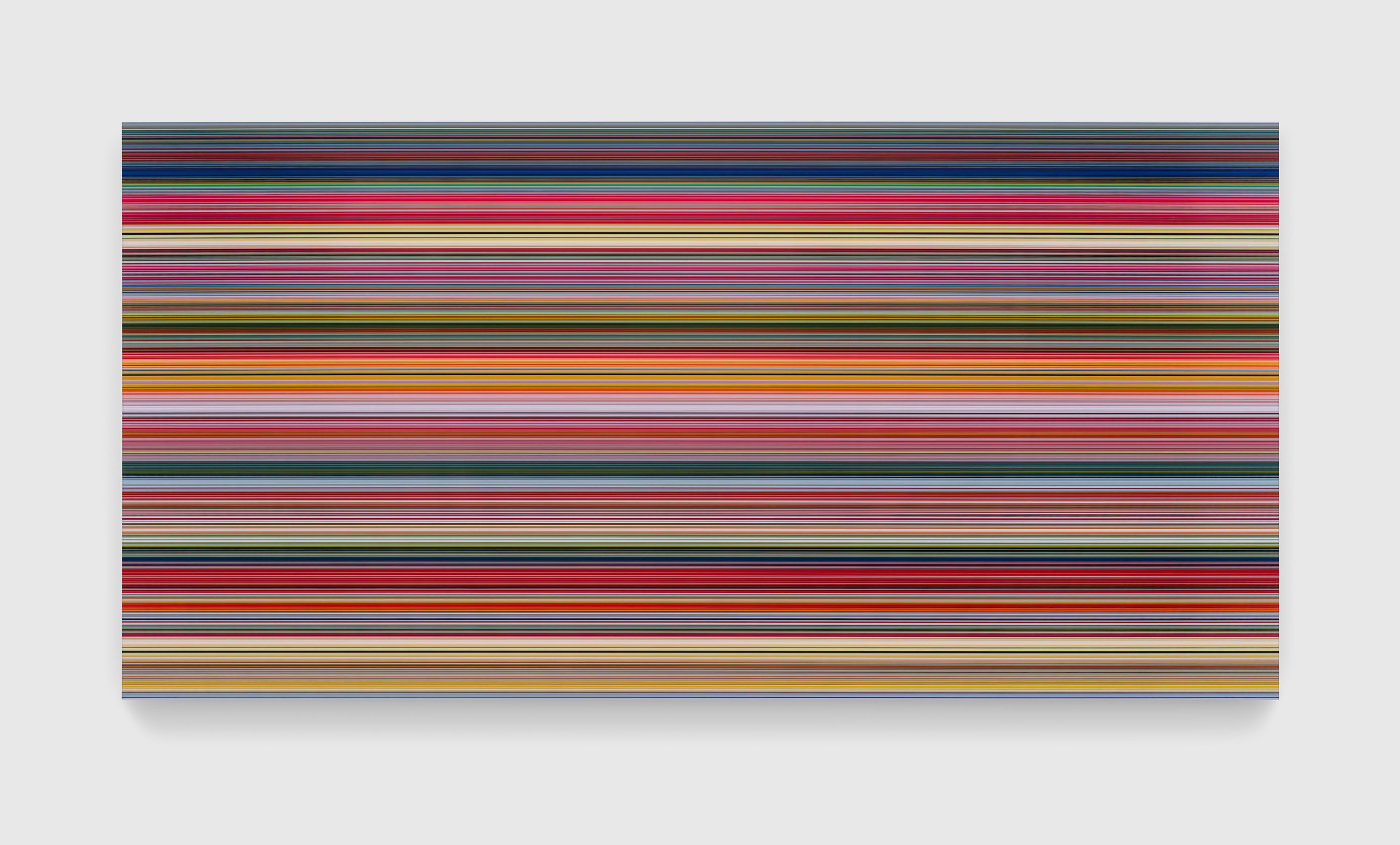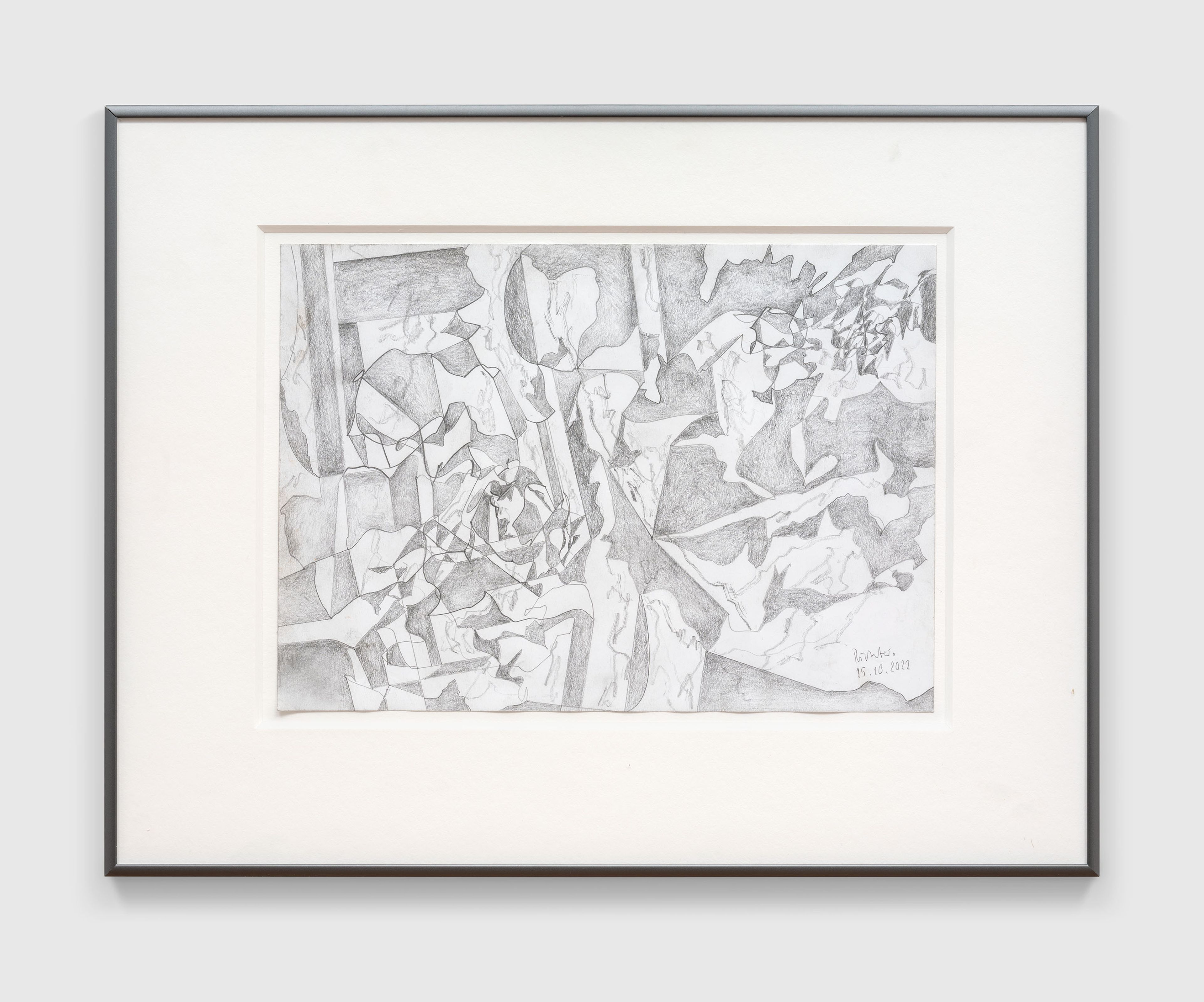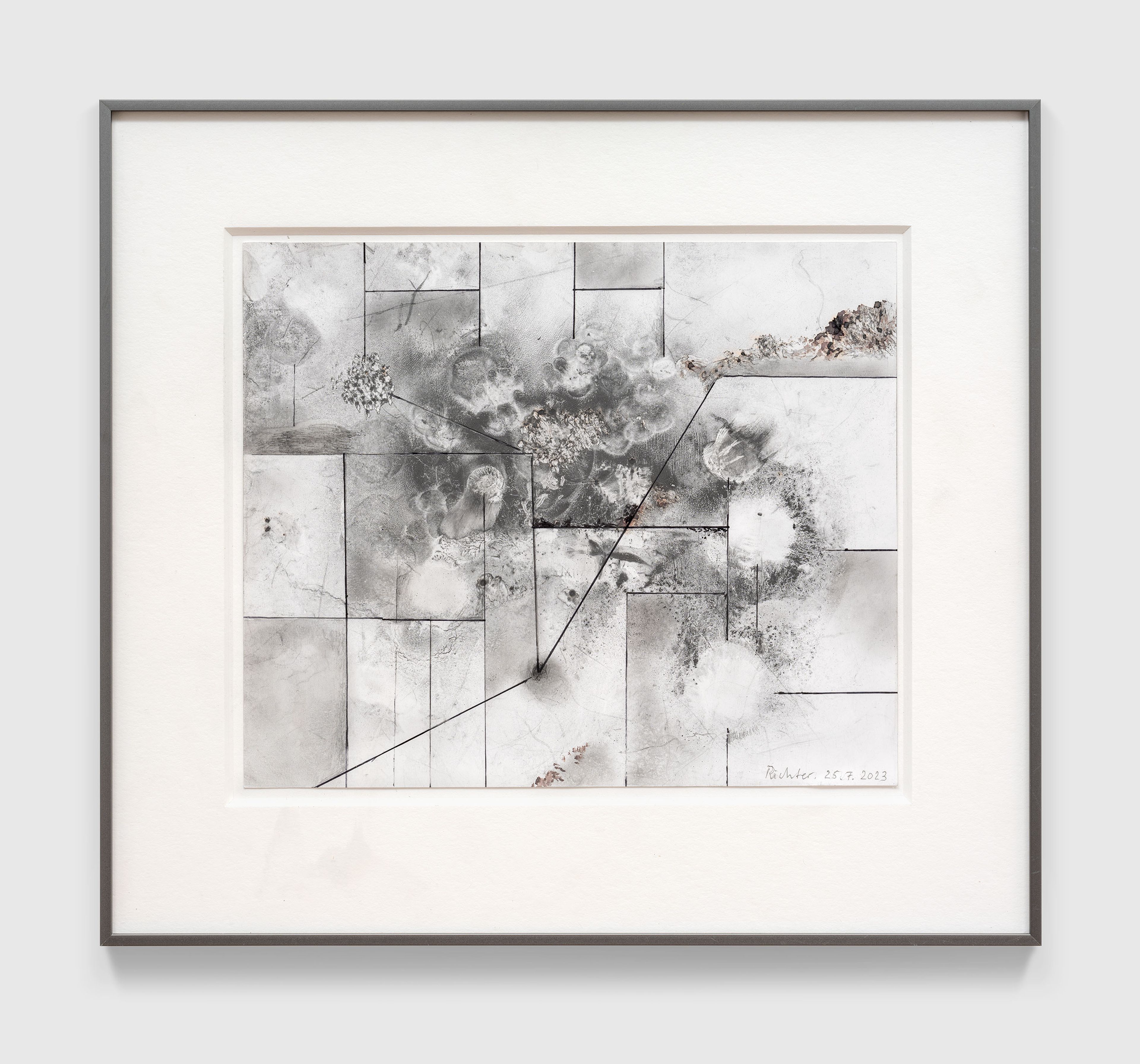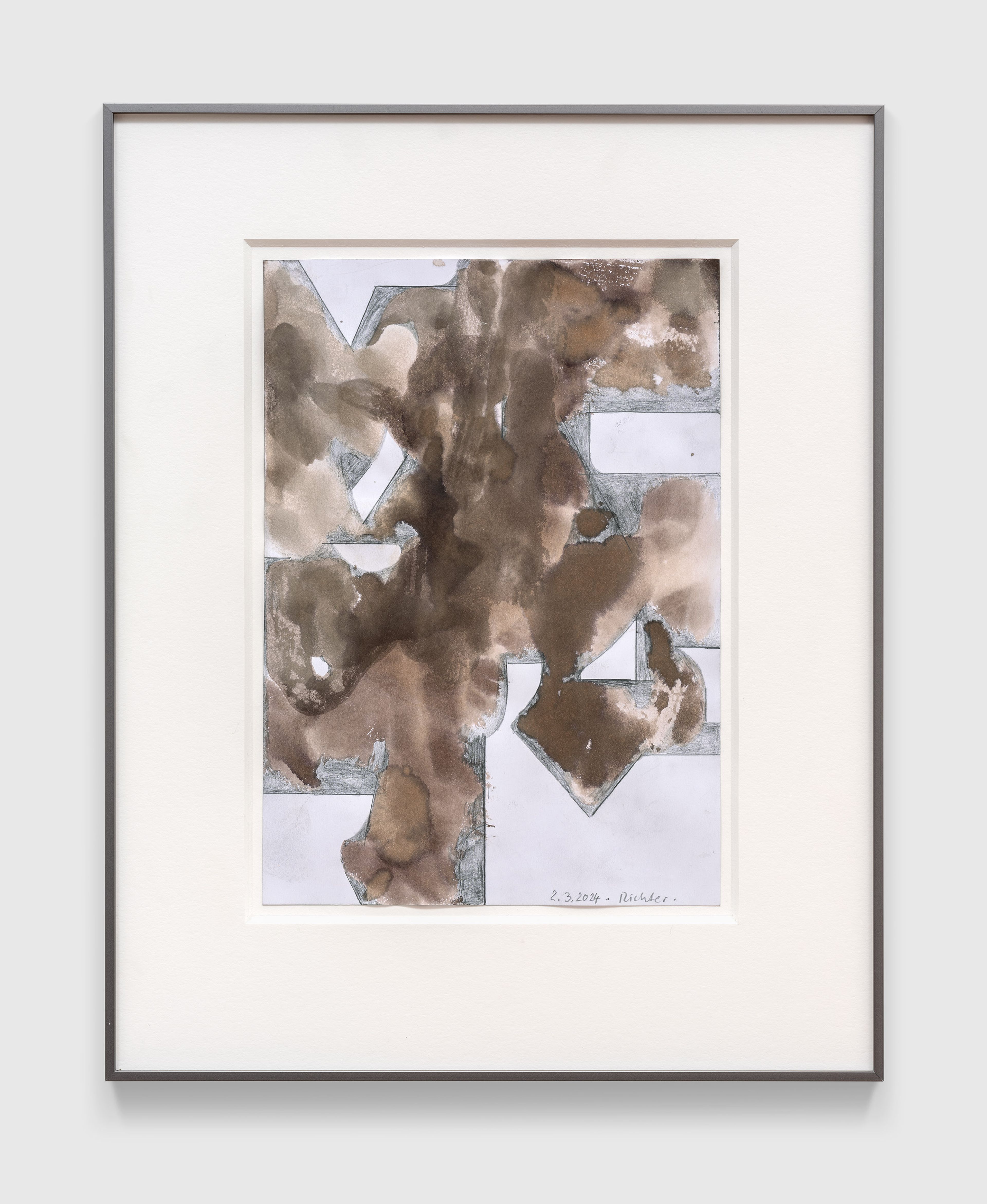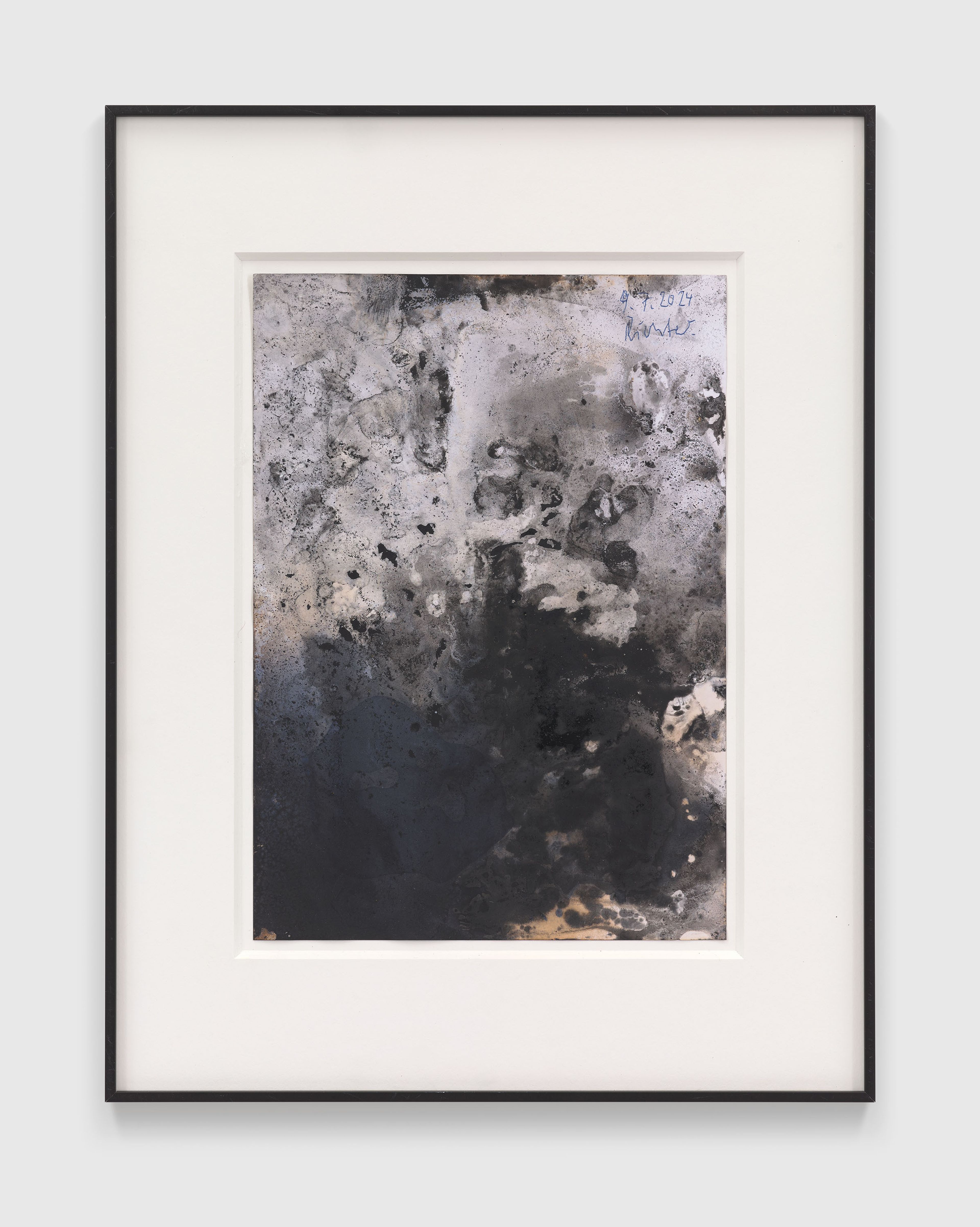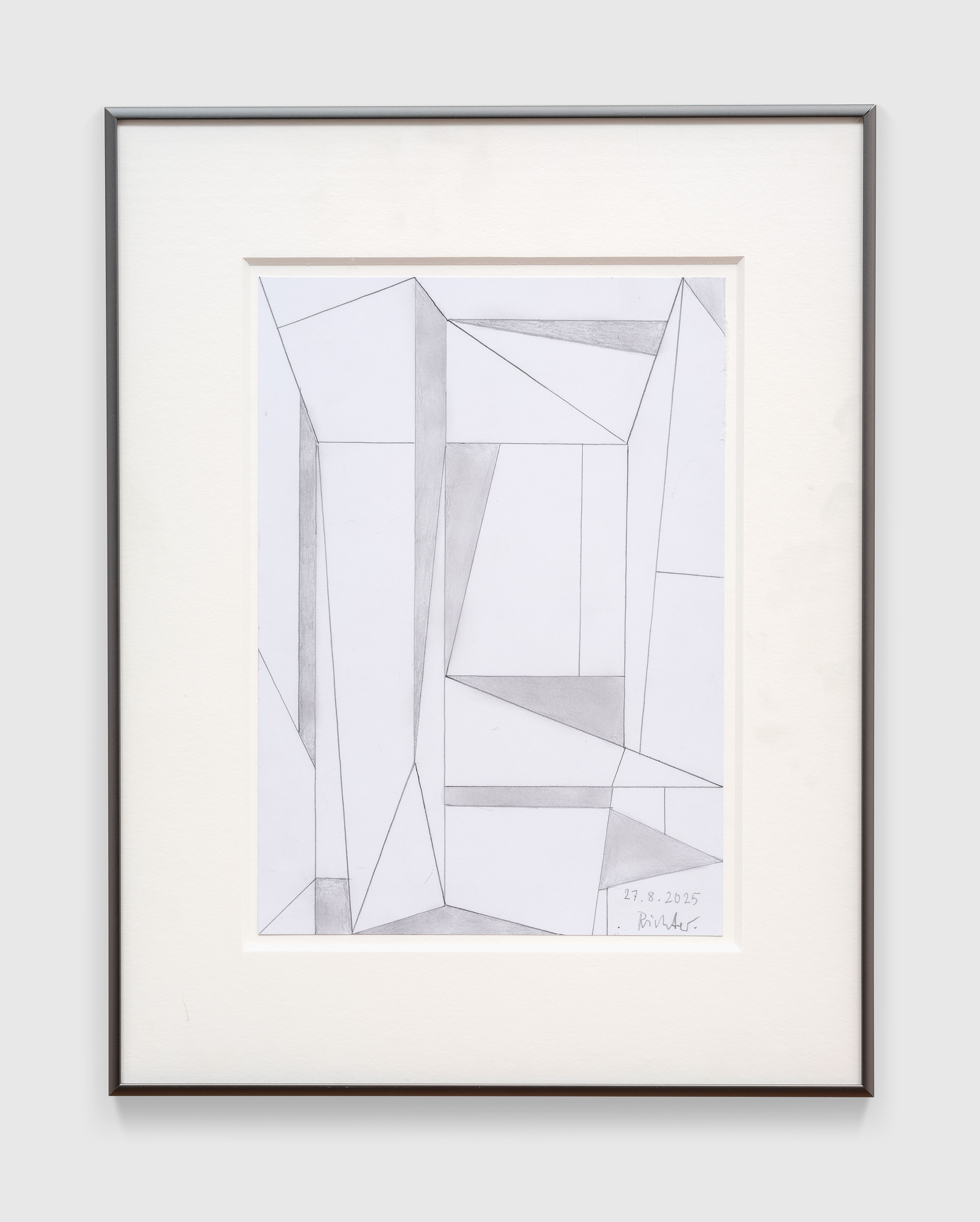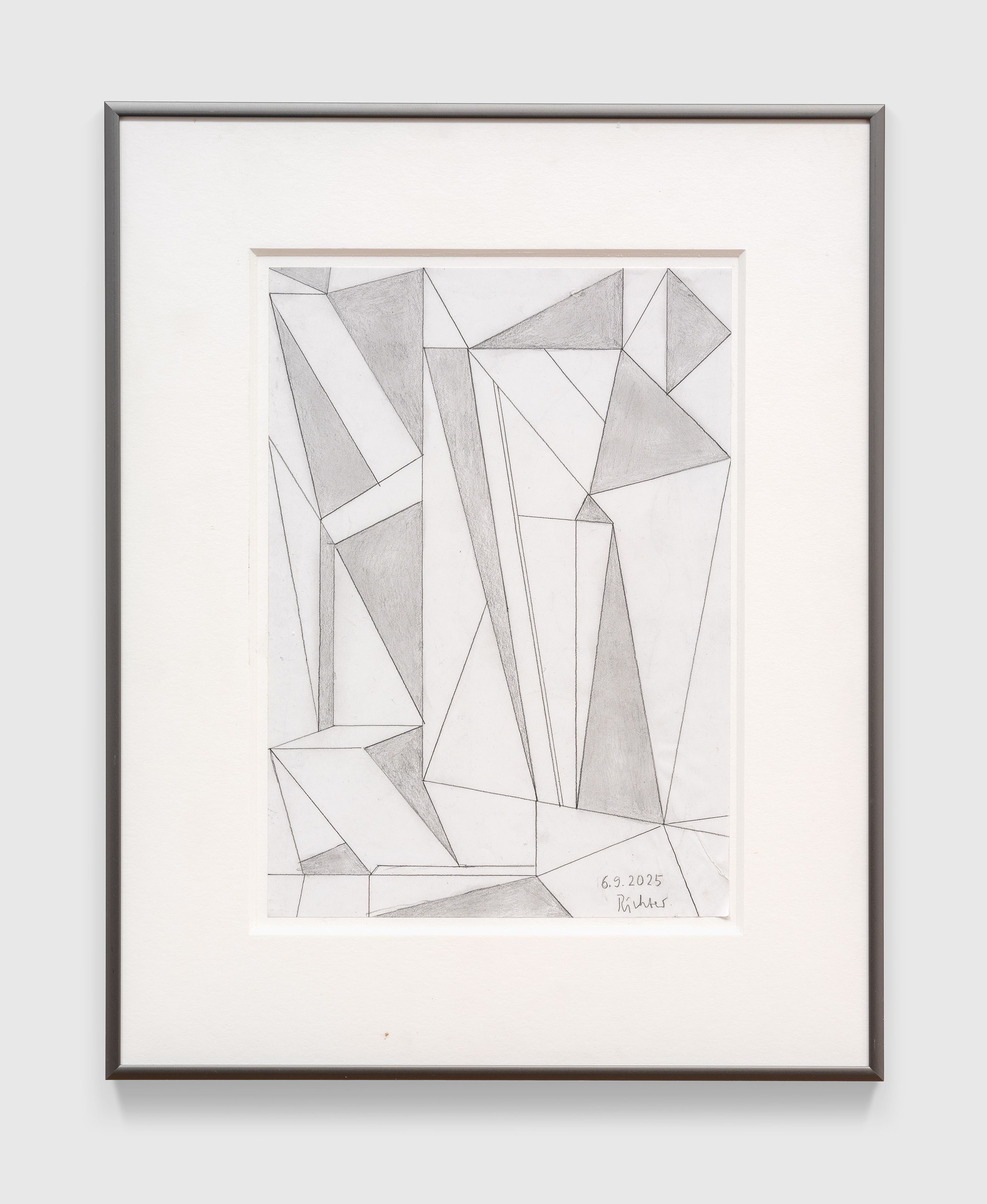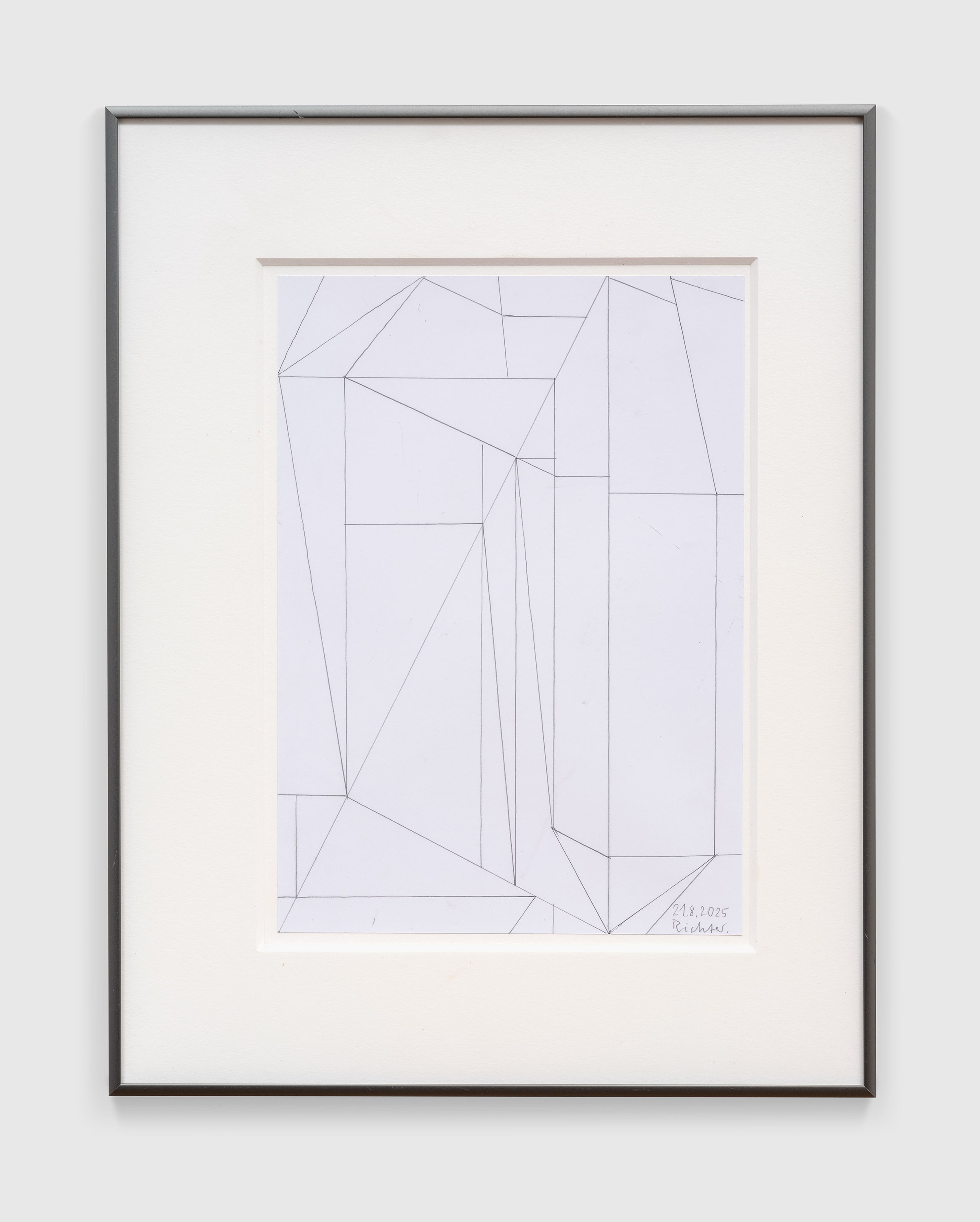Gerhard Richter
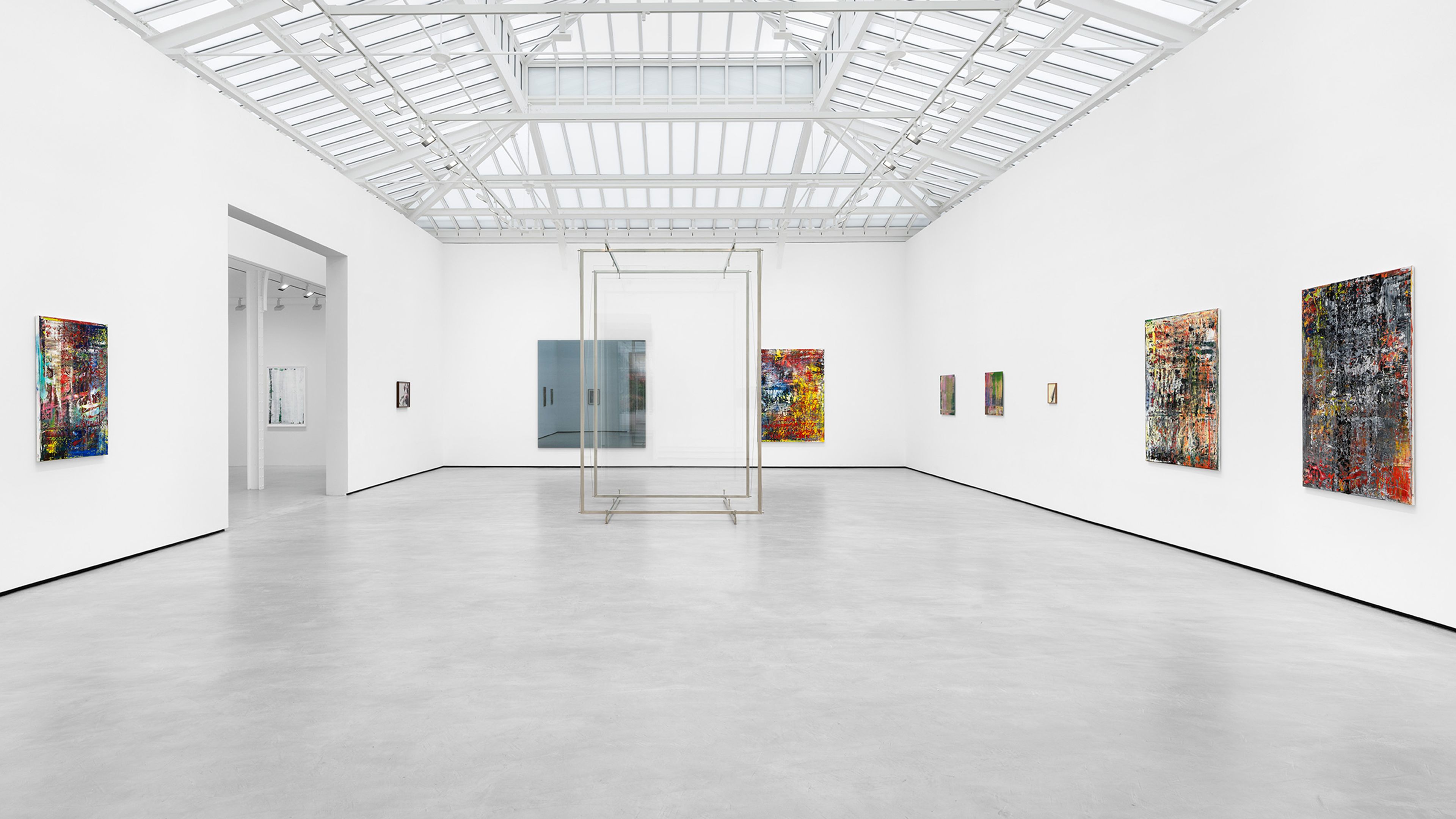
Installation view, Gerhard Richter, David Zwirner, Paris, 2025
Now Open
October 20—December 20, 2025
Opening Reception
Monday, October 20, 6–8 PM
Opening Reception
Monday, October 20, 6–8 PM
Location
Paris
108, rue Vieille du Temple
75003 Paris
Tue, Wed, Thu, Fri, Sat: 11 AM-7 PM
Artist
Explore
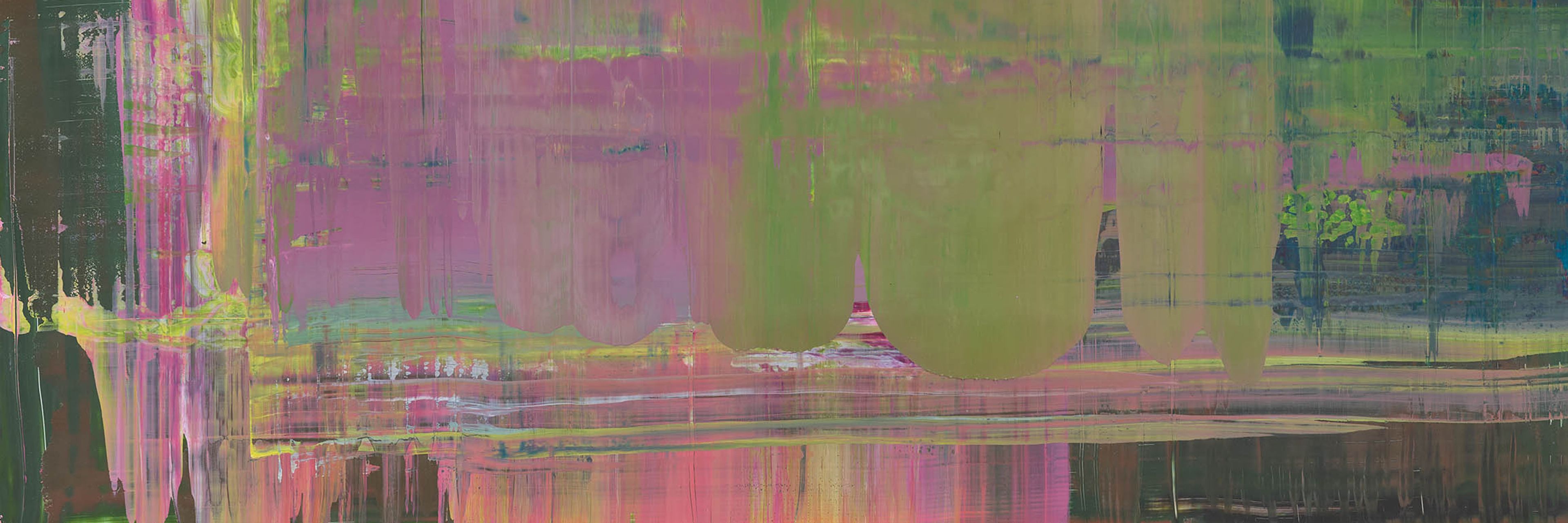
Explore All Works
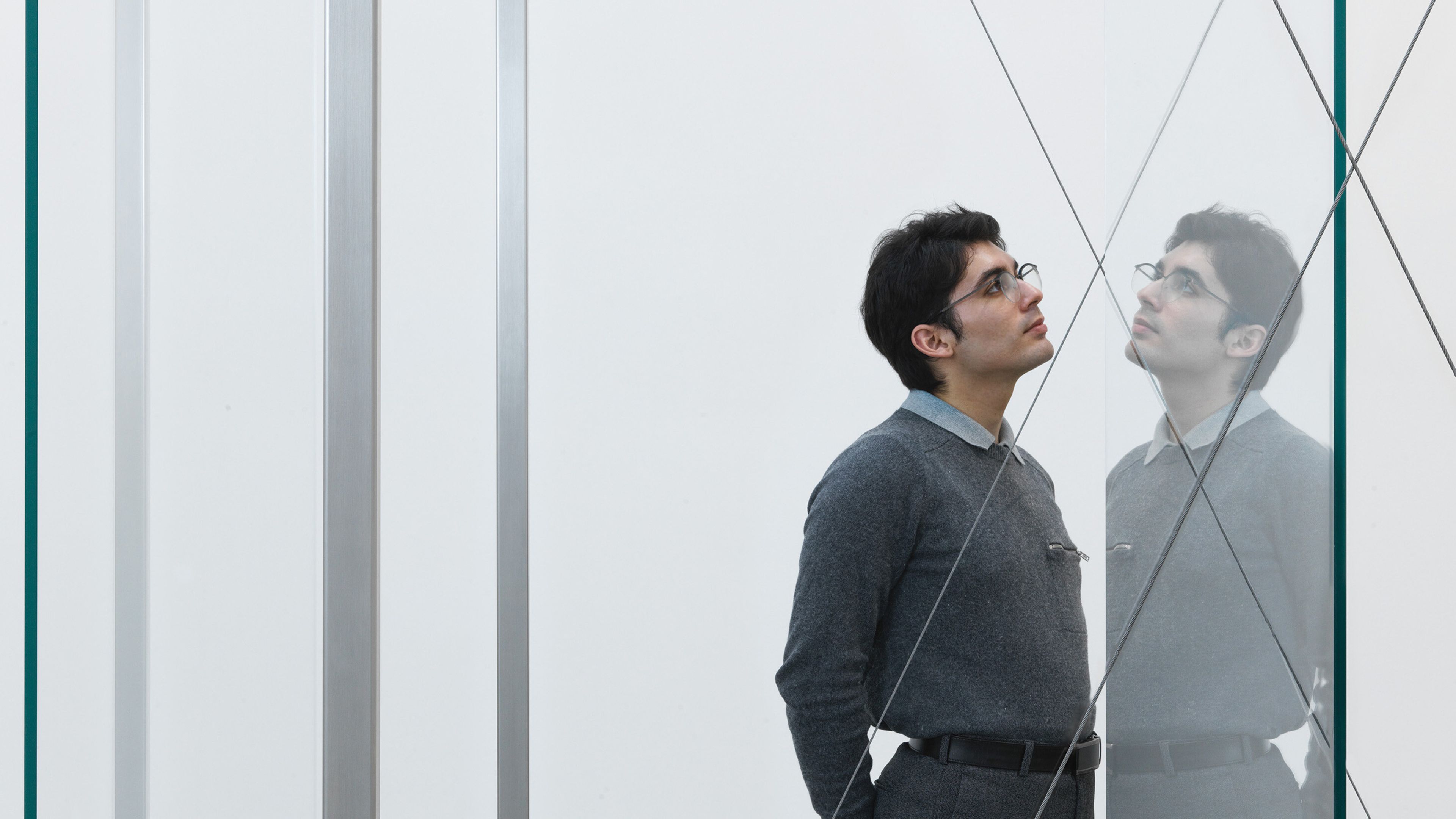
Gerhard Richter, 3 Scheiben (3 Panes of Glass), 2023 (detail)
“Richter gradually dissolved the ‘image’ as a framed detail of reality by increasing the distance to reality through various forms of manipulation, such that the work then took on a reality all its own.”
—Dietmar Elger, curator, in “Images in the Plural,” Gerhard Richter: 14 Panes of Glass for Toyoshima, dedicated to futility, Wako Works of Art, 2016
“The mirror set a new zero point. Unlike a painting, there is no artistic, painterly reflection to convey delay. Instead, the mirror is a pure ‘reaction machine.’ It sees everything and remembers nothing; every image is created and destroyed in the same instant. The mirror reveals pure transience and hence is the purest manifestation of Richter’s intention yet: to eliminate himself as the author while retaining maximum presence by engendering images in the viewer without having to paint them.”
—Martin Germann, curator, in “The Perfect Artist: Gerhard Richter in the Mirror of Sculpture,” Gerhard Richter, Fondation Louis Vuitton, 2025
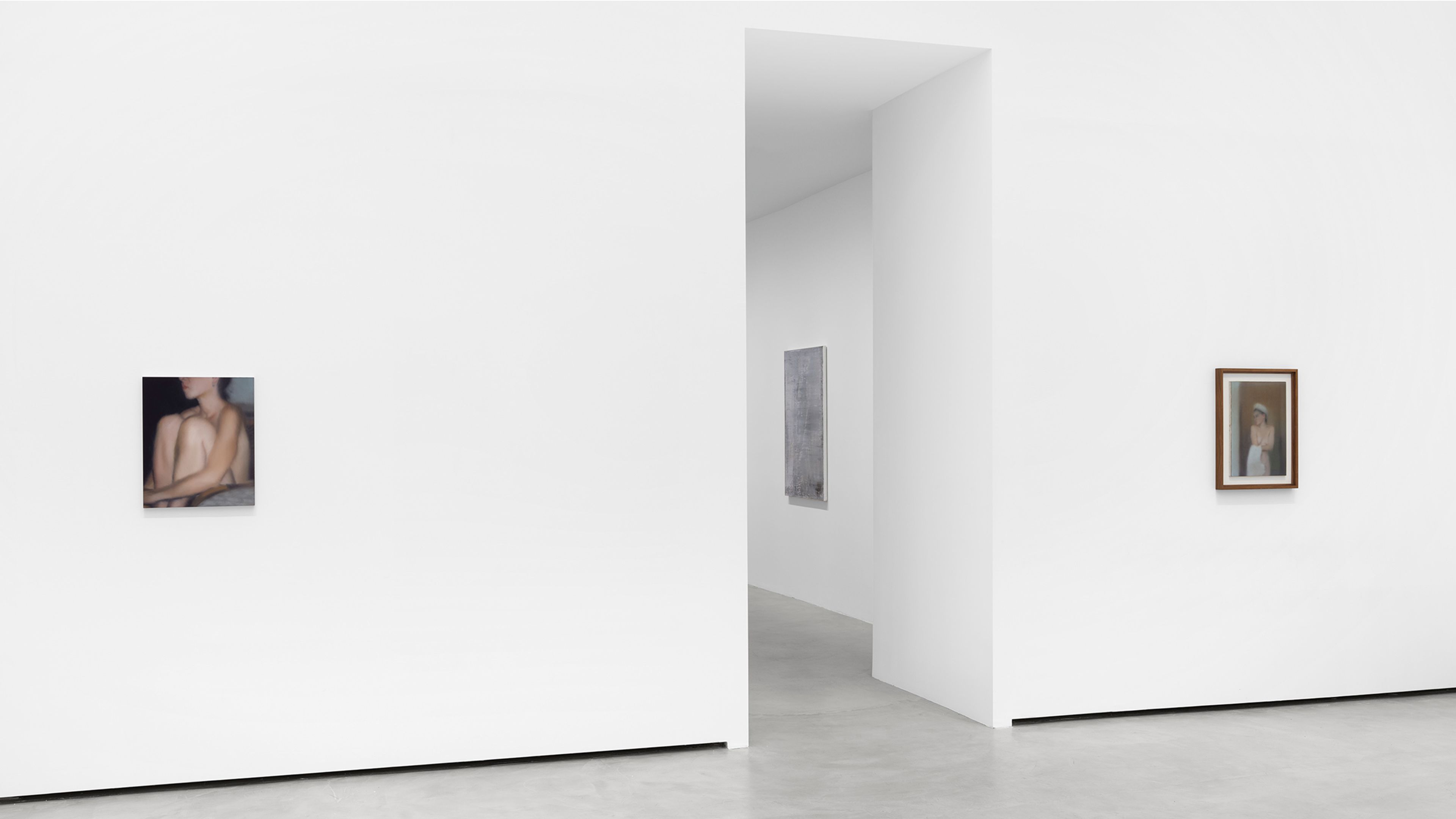
Installation view, Gerhard Richter, David Zwirner, Paris, 2025
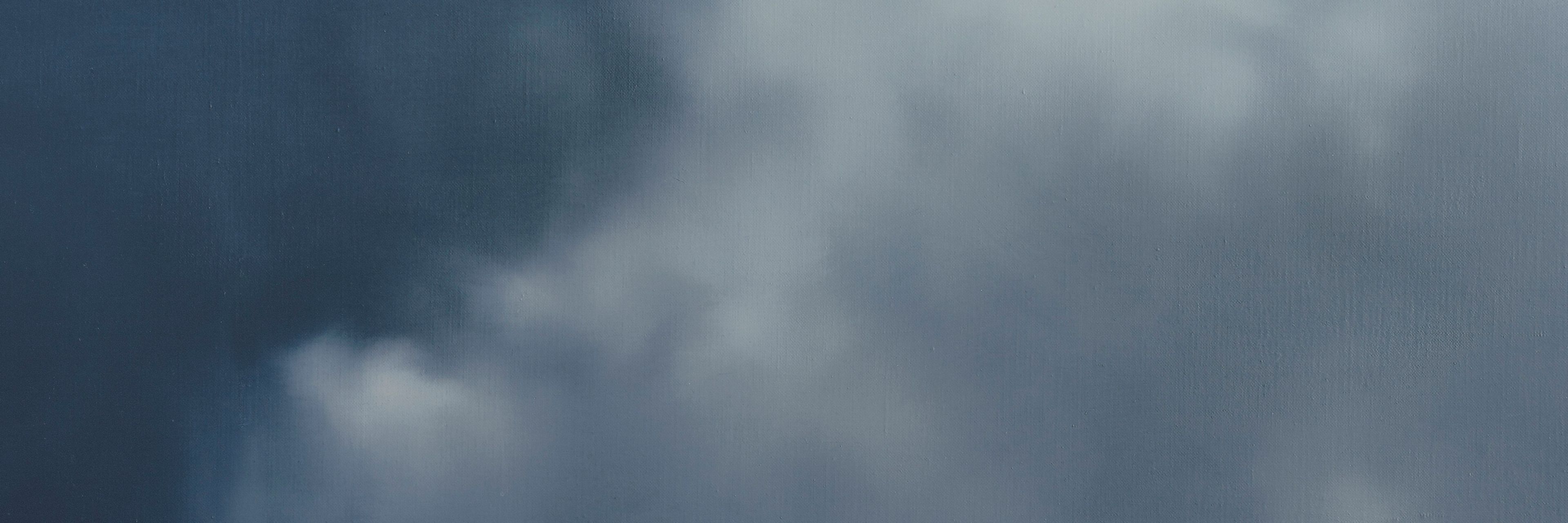
Exceptional Works: Gerhard Richter
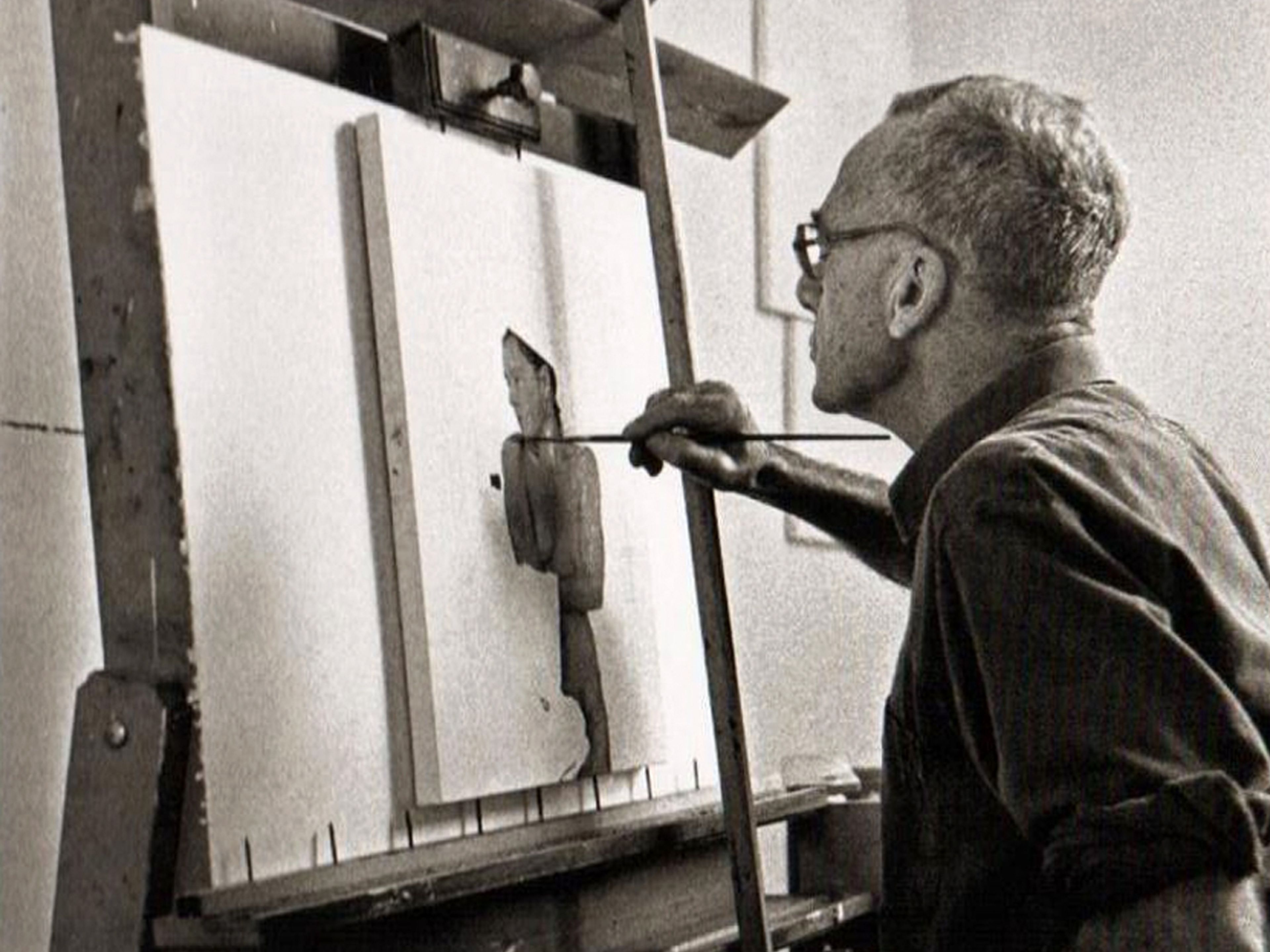
Gerhard Richter while painting Kl. Badende (Small Bather), 1994. Photo by Benjamin Katz
Deviating from traditional figurative painting, Richter typically blurs the depicted subjects or objects, in order to complicate the relationship between painting and photography. As art historian John T. Paoletti has observed, “Just as a photograph does not replicate the world which exists before the camera, neither do Richter's paintings replicate the photograph. Tellingly, Richter uses techniques stemming from photographic 'mistakes'—the out-of-focus image, the blur, the accidental or awkward snapshot detail—to comment on the artistic choices being made about what reality to present.”
“In the early 1990s ... Richter once again turned to the motif of the floral still-life.... Besides the nude—think here of Kleine Badende—no motif seemed so untimely in the post-war period as the still-life, and Richter must have felt challenged to revive the promise, if only apparent, inherent to the floral genre, and its rendition as a painting.”
—Dieter Schwarz, curator and writer, in “Paintings Based on Photographs - Photographs Based on Paintings: Gerhard Richter as Photographer,” Gerhard Richter: Photographs, Sies + Höke, Düsseldorf, 2024
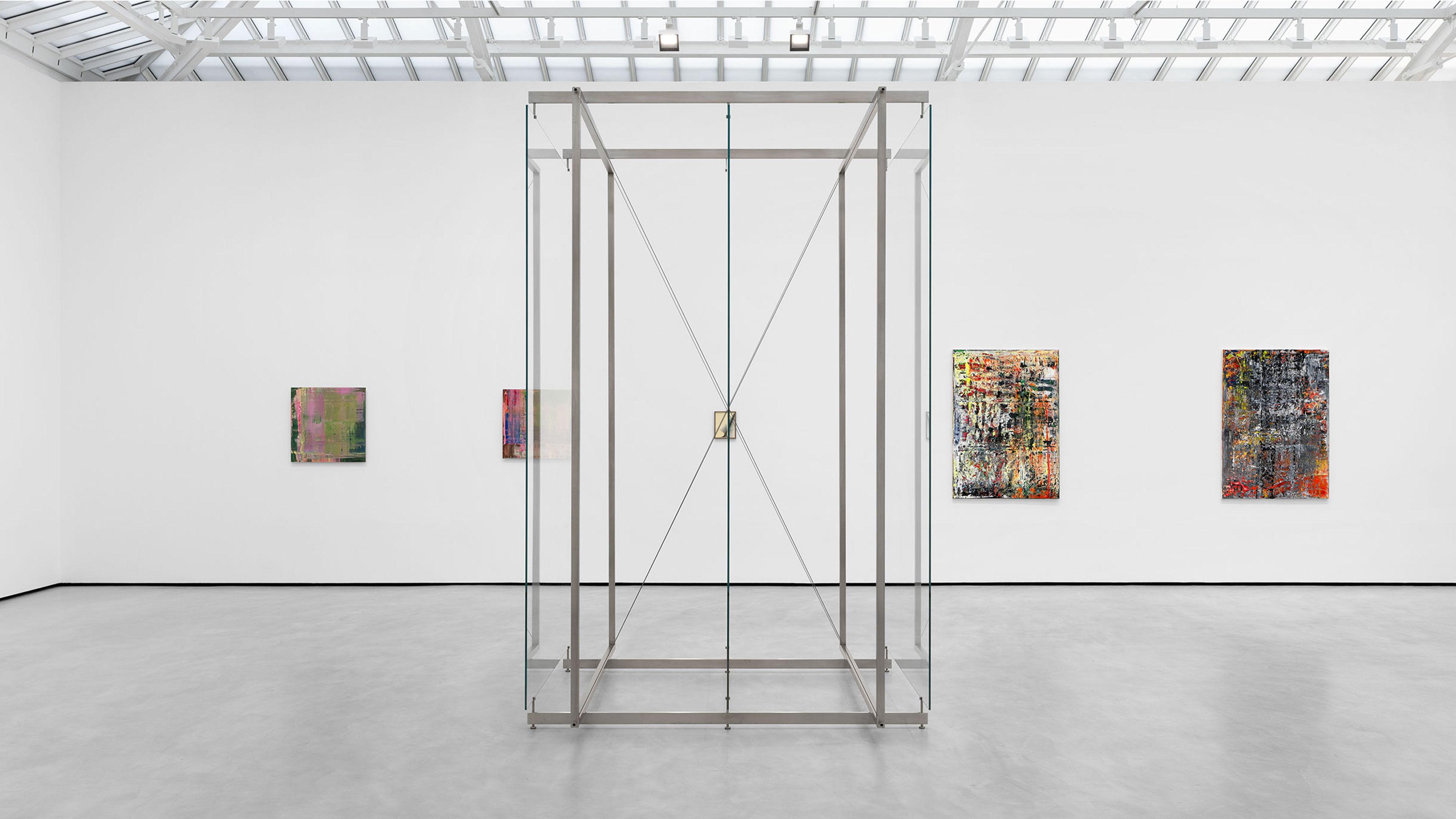
Installation view, Gerhard Richter, David Zwirner, Paris, 2025
“Beyond their exploration of painting and drawing under the conditions of extreme chromatic restriction, these white paintings seem to be equally involved in an almost systematic investigation of the possible variations of painterly planarity and the haphazard occurrences of spatial illusionism, turning painting into a pursuit of perpetual veiling and revelation.”
—Benjamin Buchloh, Gerhard Richter: Painting after the Subject of History, MIT Press, 2022
“A sense of confident freedom asserts itself in the Abstract Paintings.... This freedom came from his satisfaction over having brought painting to a point of true autonomy, as well as from the pleasure of having, at the peak of his own abilities, worked his way toward—or, rather, worked his way back to—the elementary and enjoyable practice Richter recognized in painting.”
—Michael Lüthy, in “‘Nature/Structure’: Richter’s Abstract Paintings,” Gerhard Richter, Fondation Louis Vuitton, 2025
“As they take shape, Richter’s Strips oscillate between rational mathematics and artistic curiosity.… Richter pushes the human faculty of sight to its physical limit.”
—Janice Bretz and Kerstin Küster, in “Transparent and Reflected: Mirrors, Glass, and Strips,” Gerhard Richter: Abstraction, Museum Barberini, 2018
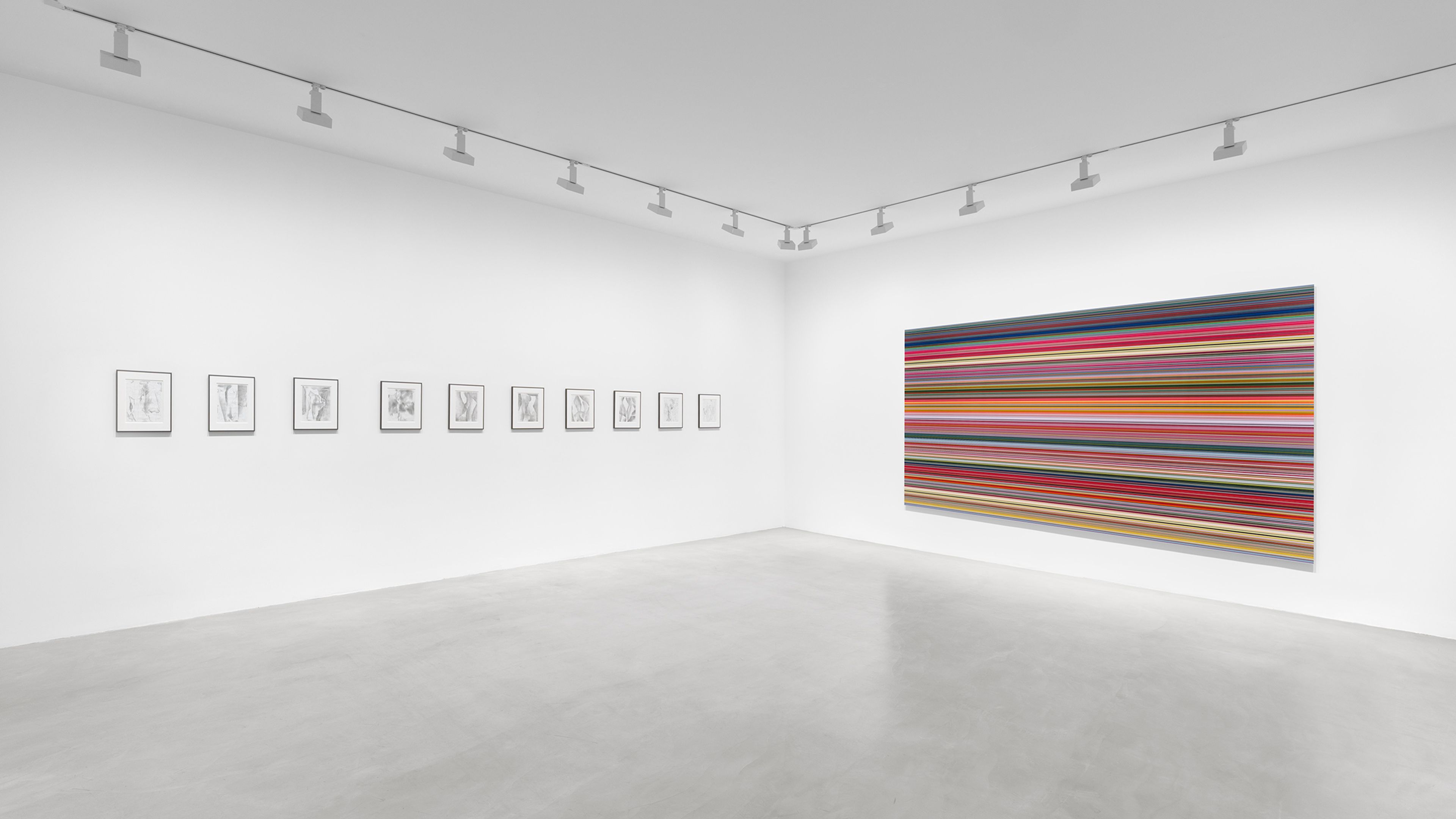
Installation view, Gerhard Richter, David Zwirner, Paris, 2025
“Generally I have always been fascinated by chance phenomena. Such as found objects in nature, stains on walls, paint stains etc.... And then it is about the question [of] what these ‘images’ are trying to tell us, what characterizes them, whether they can be more than somehow interesting. Difficult.”
—Gerhard Richter
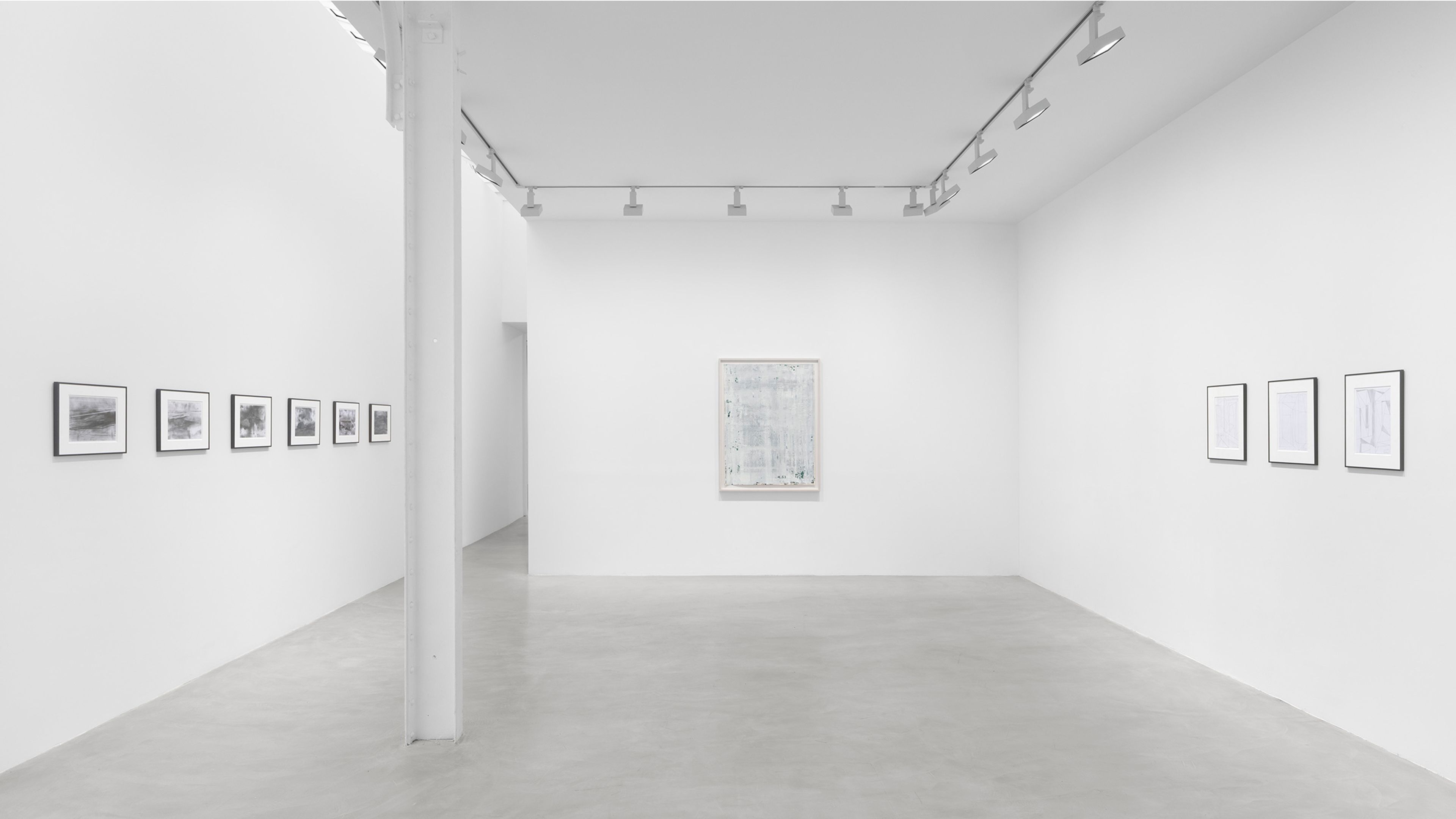
Installation view, Gerhard Richter, David Zwirner, Paris, 2025

Inquire about works by Gerhard Richter
